BGVP, Geek Wold, Shozy, TENHZ, Tin, TRN, Triponwin TP-10 Compilation Review- Linsoul Chifi Heaven
Today’s Review will be about a LARGEEE Number of products. The version posted on Head-Fi will be split for each one of them, and may feel short, but let’s roll. Today we are taking a look at a large number of products, all from Linsoul! The list includes BGVP DMG, BGVP DS1 PRO, Geel Wold GK3, Shozy Hibiki MK2, TENHZ P4 PRO, Tin T3, TRN V30, TRN V80, and TWNPRO TP10. A ton of Chifi, all with prices below 150 USD, most below 100 USD, and some of those around 50 USD, so let us roll with the review.
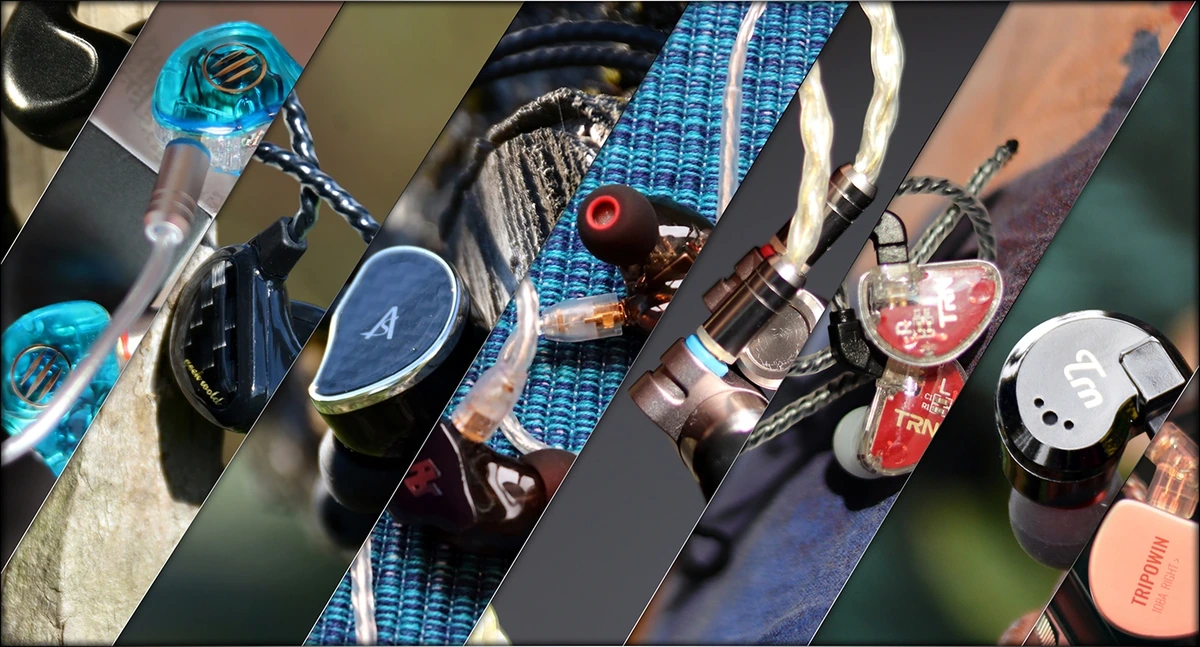
Introduction
(There are no affiliate links in the entire article!)
I normally post one review for every product I review, but this time around, I got so many questions about all of those Chifi products, that I wanted to make one very in-depth article about all of them. This being said, as time passed, I managed to take the photos, and do a Youtube Video about most of those products, but ended up with a large number of draft documents, all of which may have made really interesting articles by their own, but I felt like all of those IEMs will appeal to pretty much the same people, so this may be the article you’ve been waiting for. At least I hope so.
Linsoul, or DD-Audio Store on Aliexpress, is the shop all of those came from. Linsoul is one of the largest Chinese importers and sellers, and since most of those companies do not take care of PR on their own. Your best bet, if you want to have warranty, and get reliable support in English, is to work with Linsoul, or other English-Speaking shops. Linsoul has been offering support to all music lovers from all over the world for ages now, and even in times of Quarantine, they continue to fulfill their promise to make music a better experience for everyone.
It should be noted that I have absolutely no affiliation with Linsoul, DD-Audio Store, or any of the companies producing those IEMs. I’d like to thank Linsoul for providing the sample for this review. This review reflects my personal experience with Each One Of Those Products. Every opinion expressed is mine and I stand by it, the purpose of this review is to help those interested in Each One Of Those Products find their next music companion. There are no affiliate links in this review, there’s only reviewing, but compiled in a larger article about multiple products.
BGVP DMG (130 USD)
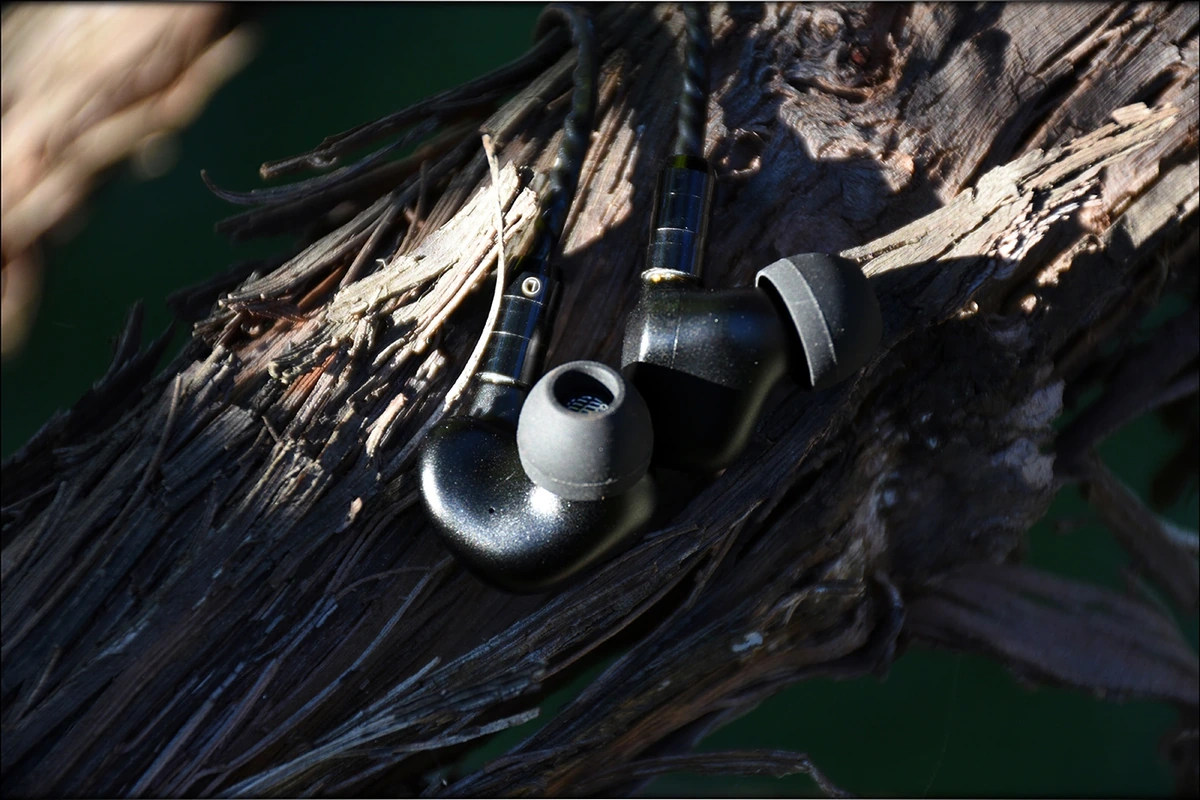
Purchase Link (Amazon): https://www.amazon.com/BGVP-Fidelity-HiFi-Earphones-Detachable-Audiophile/dp/B07G97FN1P/
The packaging for DMG is actually not bad at all. You get a GOOD selection of tips, a cable, filters, and well, I couldn’t find any way to complain about the package. For 130 USD you have a good selection of tips, good cable, and even filters.
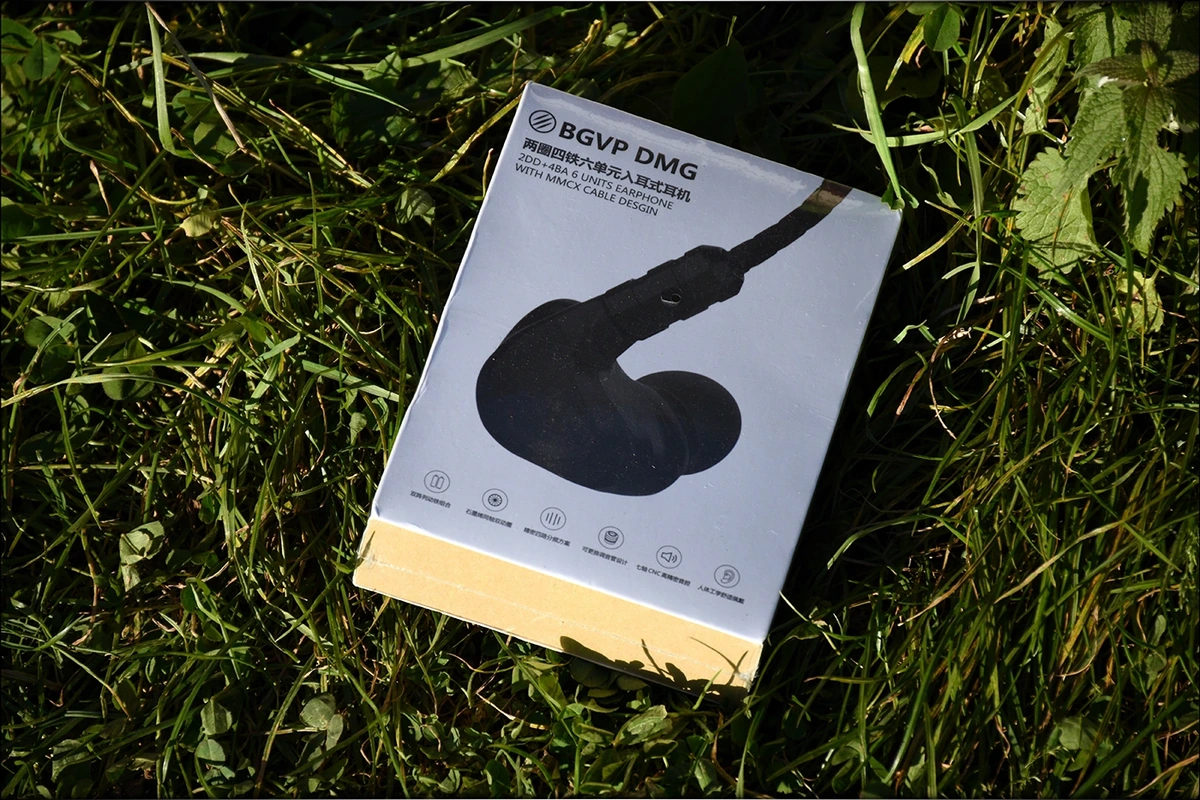
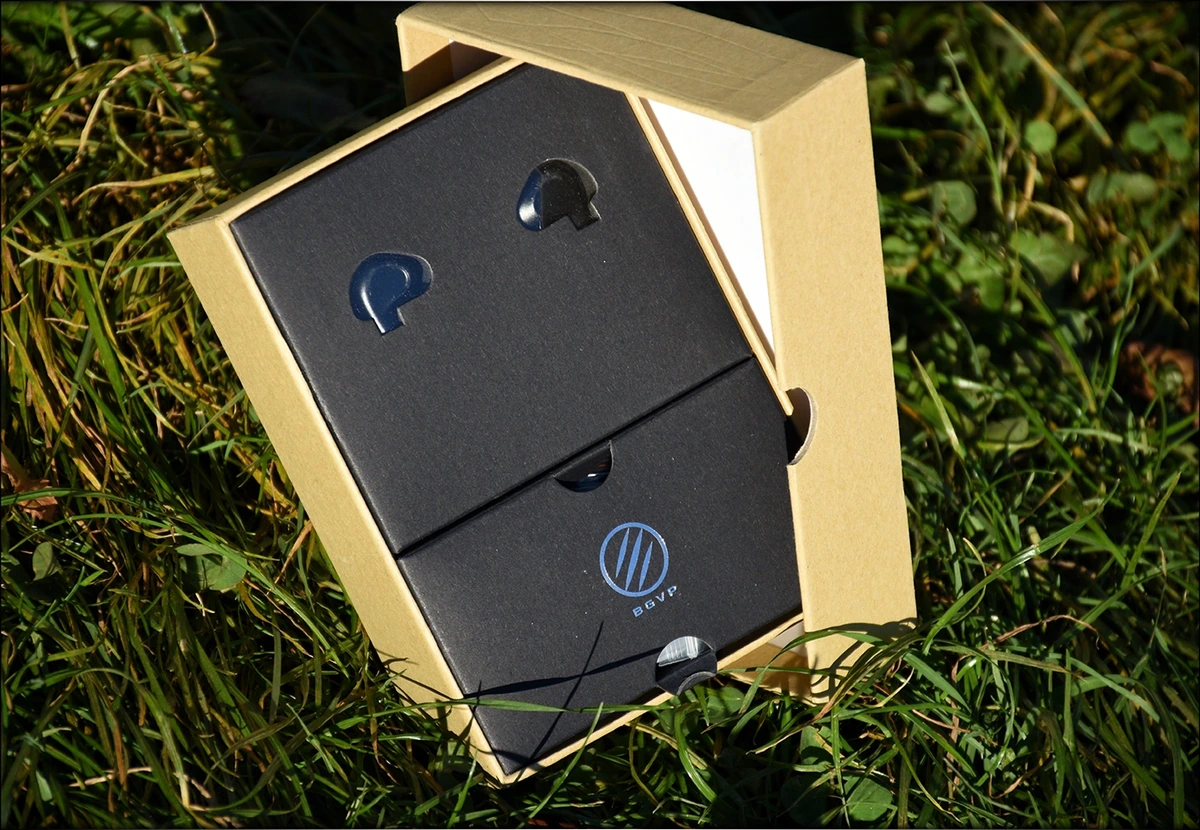

About the build quality, DMG is pretty much excellent. Full metallic build, it is a tank. The brushed finish on the outside does not scratch easily.
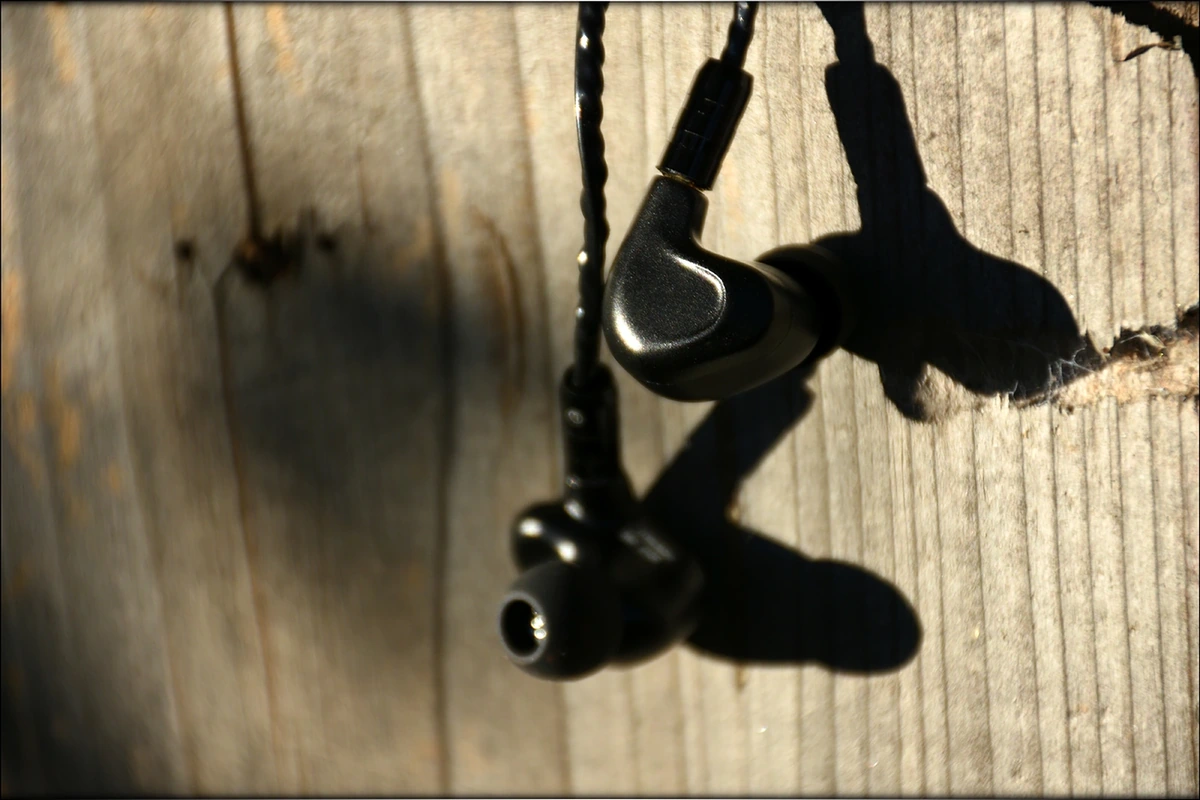
The cable is flexible, and may feel a bit flimsy, but I could not manage to damage the MMCX connectors regardless what I’ve been doing with DMG, and since I mentioned this, DMG works really well for outdoor activities, it is really comfortable. There is no driver flex, and there are 2 Dynamic Drivers, and 4 BA drivers per each ear, so I’m quite impressed they manage to make DMG so ergonomic. There are far more expensive IEMs out there that are nowhere near as comfortable as DMG is, even some having way less drivers if judging by raw number.

I could go as far as to say that from the list I’m reviewing today, BGVP did probably the best job about comfort. Shozy in general has larger shells and you can’t wear them unless you have at least medium-sized ears. TENHZ P4 is also large, and has some void, feels odd while wearing it. Tin T3 is comfy, but still not quite as comfy as BGVP. TRN is comfortable, but not as much as BGVP, and TWNPRO is as comfortable as KZ IEMs are, and they are average in comfort. This still stands true, even for today’s BGVP models, all of them are just comfortable.
In terms of sound, DMG is pretty much dream-state. It doesn’t quite reach the level of FiiO’s FH7 IEMs, and it is not tuned similar to it either. You should keep in mind that the filters included in the package do almost nothing about the sound of DMG, they are more aesthetic and functional to block wax, rather than proper tuning filters, like what you find with IMR R2 Aten, IMR R1 Zenith, or other highly customisable IEMs.
This being said, there is a place for Chifi in my heart, and BGVP DMG is one of the best there are if you’re looking for fun signatures. It is a highly V-Shaped signature, and to me, it is perfect for metal, rock, pop, electronic, EDM, Industrial, anything engaging. They are not great if you want a balanced, Bassy or if you’re afraid of treble, DMG is not for you.
This being said, Shouer Tape is also one of those V-Shaped IEMS, and is also sold by Linsoul, and I liked it, but as I mention in my review of Shouer Tape, if you don’t like strong treble, it won’t be a good match for you. The sound can be described as dynamic, punchy, clear, clean, and warm, thick-ish, and strong.
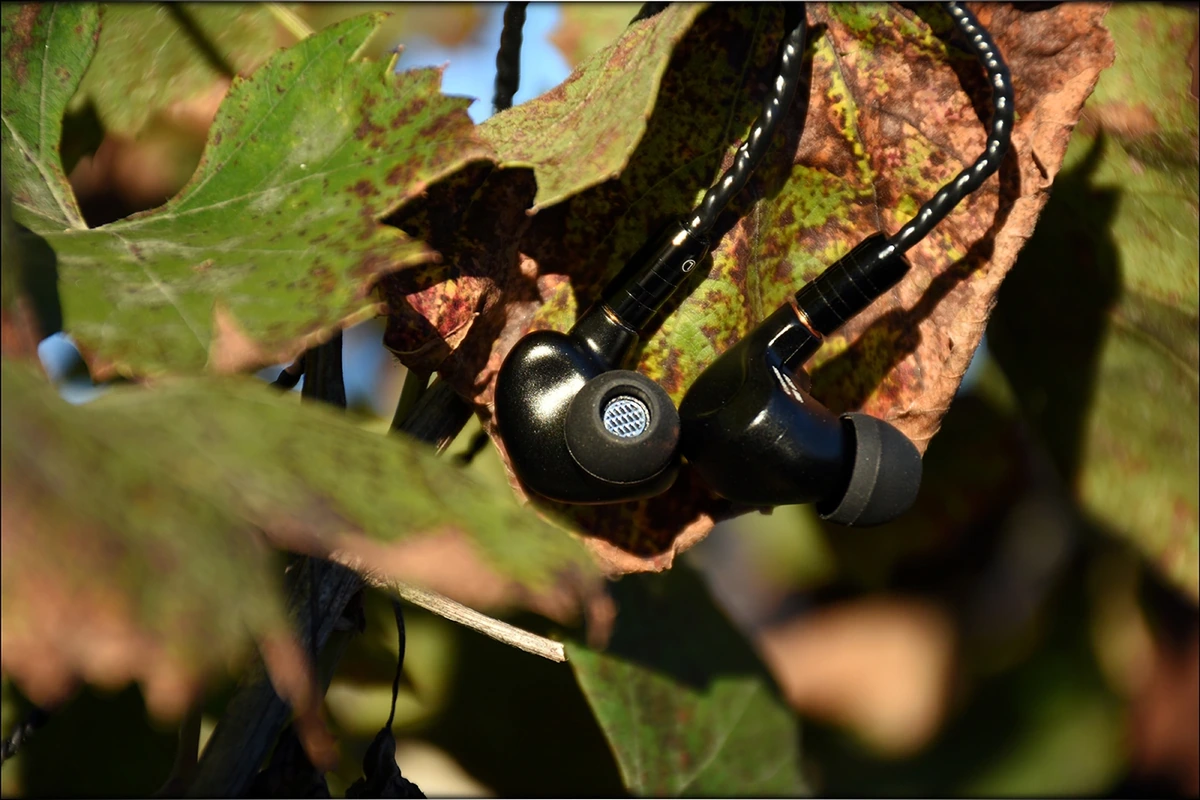
The bass is strong, rich, and reaches really deep. In fact, the only downside to it is the speed, which is average, and also the fact that the detail matches the price range, which is about 100 USD. But the richness of the bass, and the naturalness of it, if you weren’t looking for a quick IEM in particular, makes BGVP DMG a really good choice.
The midrange is recessed, especially in the lower midrange, where male voices lack some substance, and feel a bit thin, despite the thickness of the bass, but the upper midrange is rich and punchy again. DMG clearly favors female voices and will make female voices sound sweeter and cleaner.
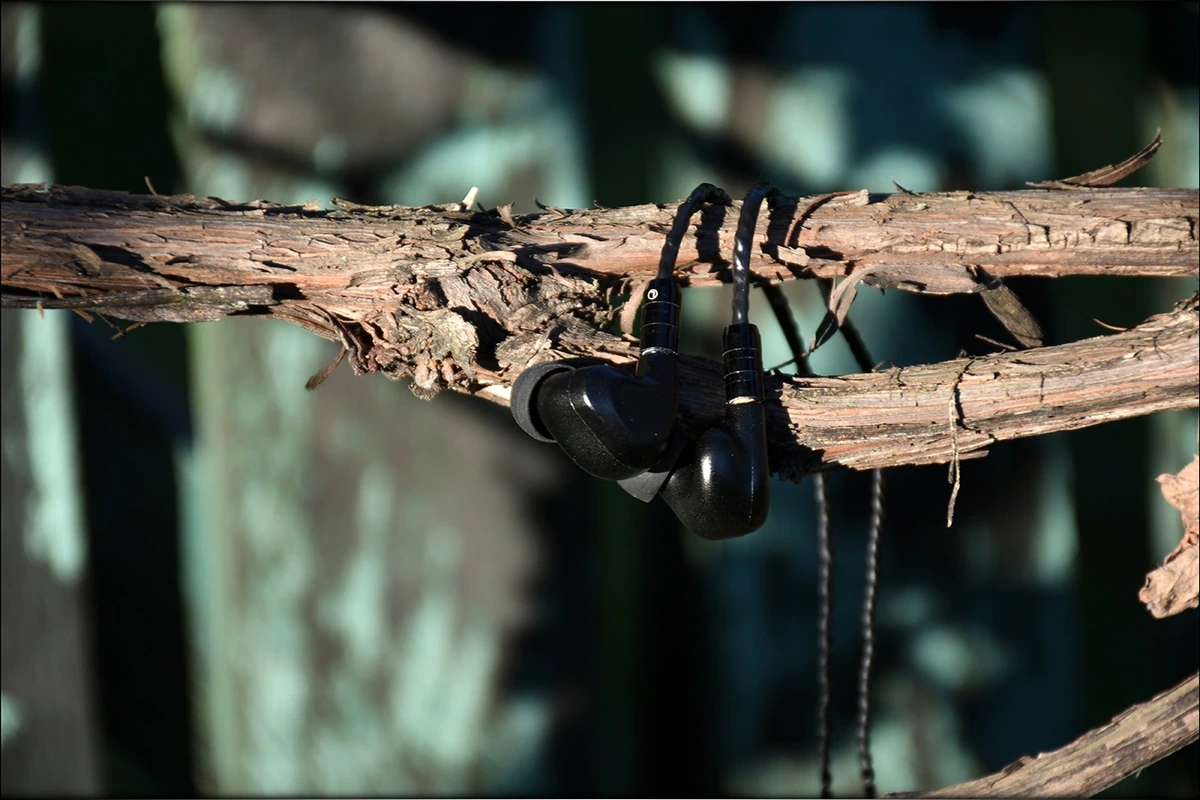
The treble is on the bright and sparkly edge, it can be a touch sibilant, but overall, BGVP managed to keep good control of the treble. Some of the filters, especially the gold one, will make the treble more laid-back, and take an edge off, but well, then DMG becomes just a very bassy IEM, and the contrast the treble gives to the bass disappears. If anything, I’m really happy that DMG has a large and open stage, and with a pretty closed design, I think that you get a huge stage, for the price, and it manages to be larger than IT01, or Final E4000 IEMs. This being said, instrument separation, and dynamics are also top notch.
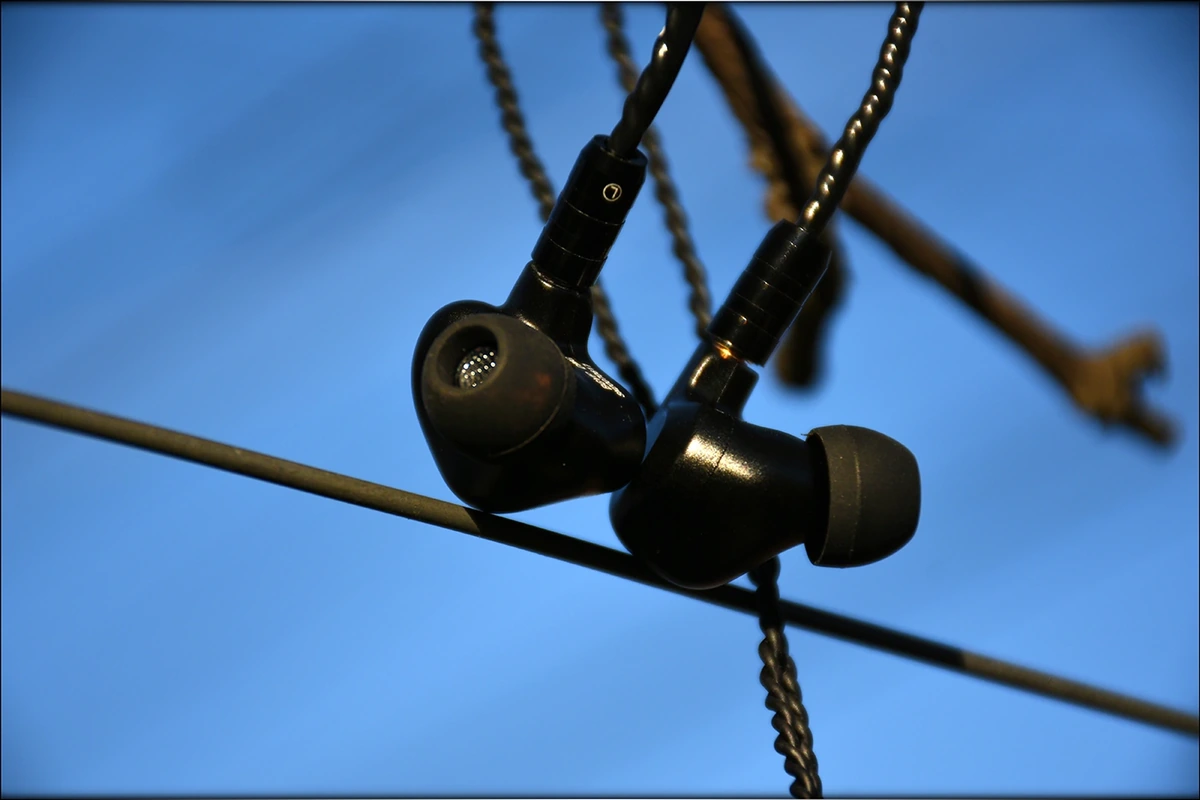
Although DMG is really easy to drive, and a smartphone will make really easy work of it, out of a FiiO M3K, it will sound great, out of a Shanling M0, it will sound even better, and out of an iBasso DX120, it will be truly impressive. I suggest using at least a midrange source to get the most out of it.
At the end of the day, DMG is a very solid choice, although a bit hard to find, you should try your best to find it when you can, it is an awesome IEM in comfort, construction and sound, if you liked V-Shaped IEMs.
BGVP DS1 PRO (50 USD)
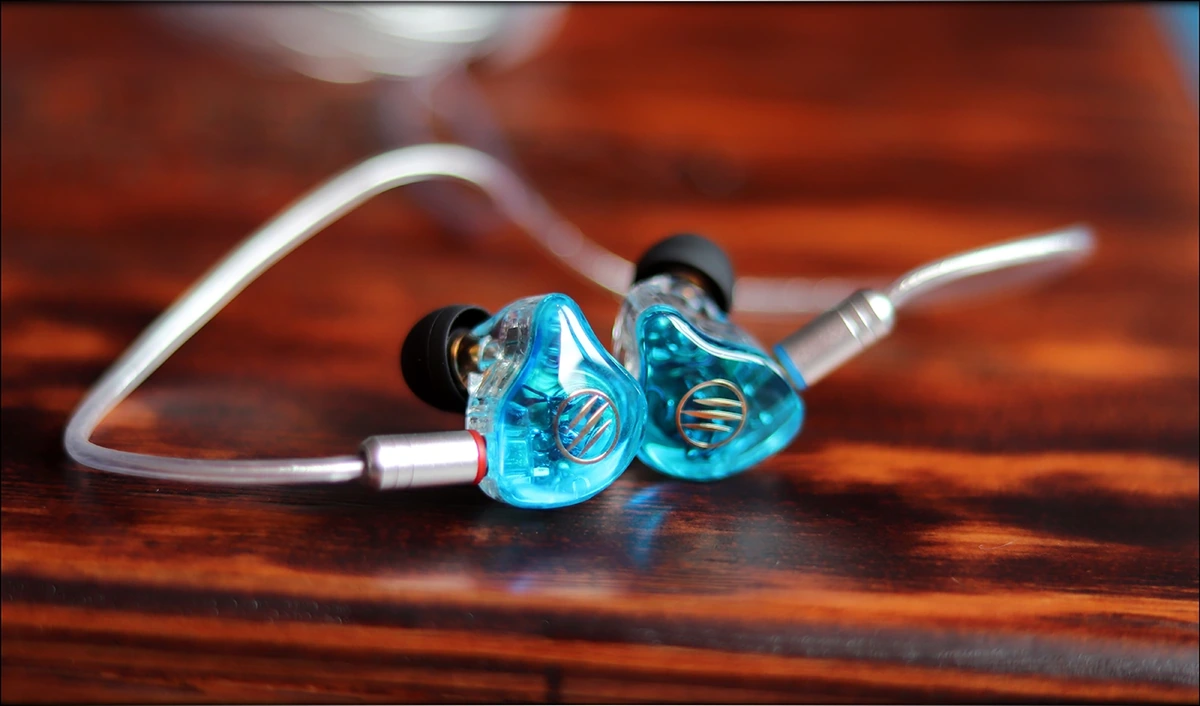
Purchase Link (Amazon): https://www.amazon.com/Linsoul-Headphones-Detachable-Audiophile-Without/dp/B07SGDD7XV/
DS1PRO is a much less pricey model than DMG, and it costs about 50 USD, so my expectations of the package were considerably lower than for DMG, but BGVP never disappoints, and I was impressed once again. There are two selections of tips, one pair of ear guides, and a little shirt clip, so you can clip DS1 PRO while doing a bit of jogging.
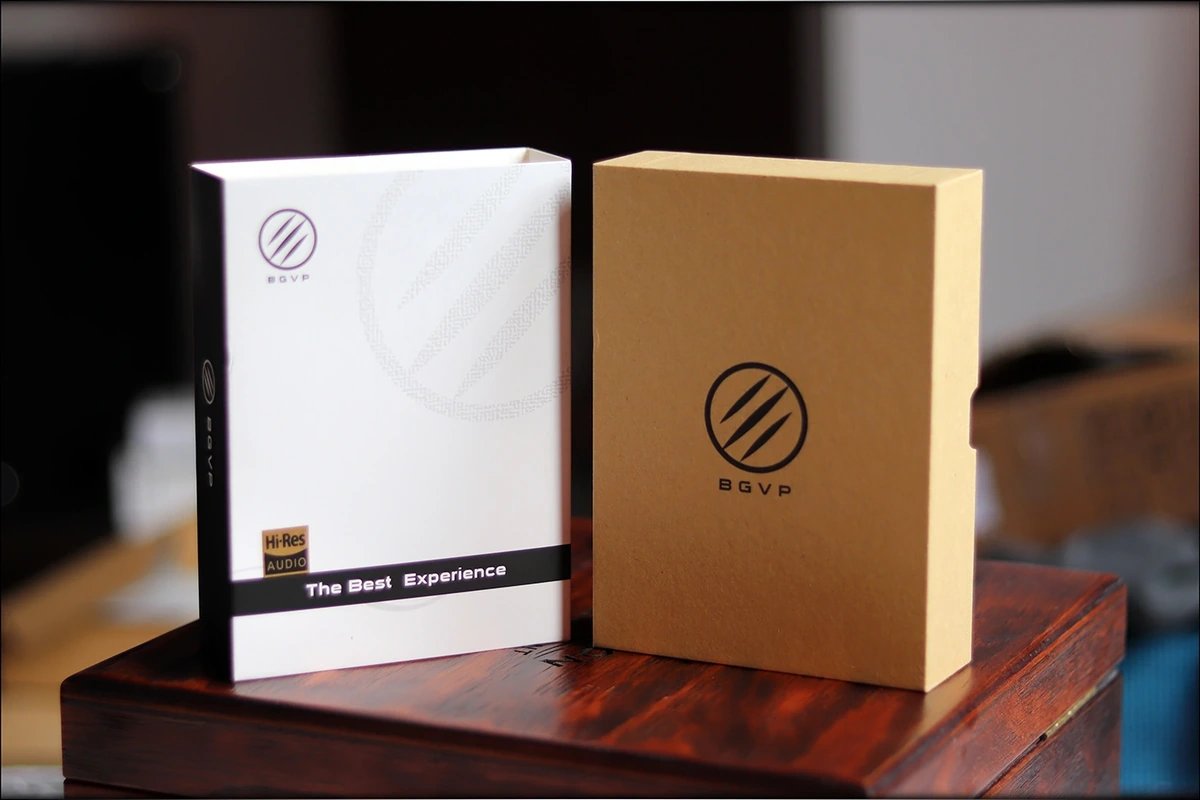
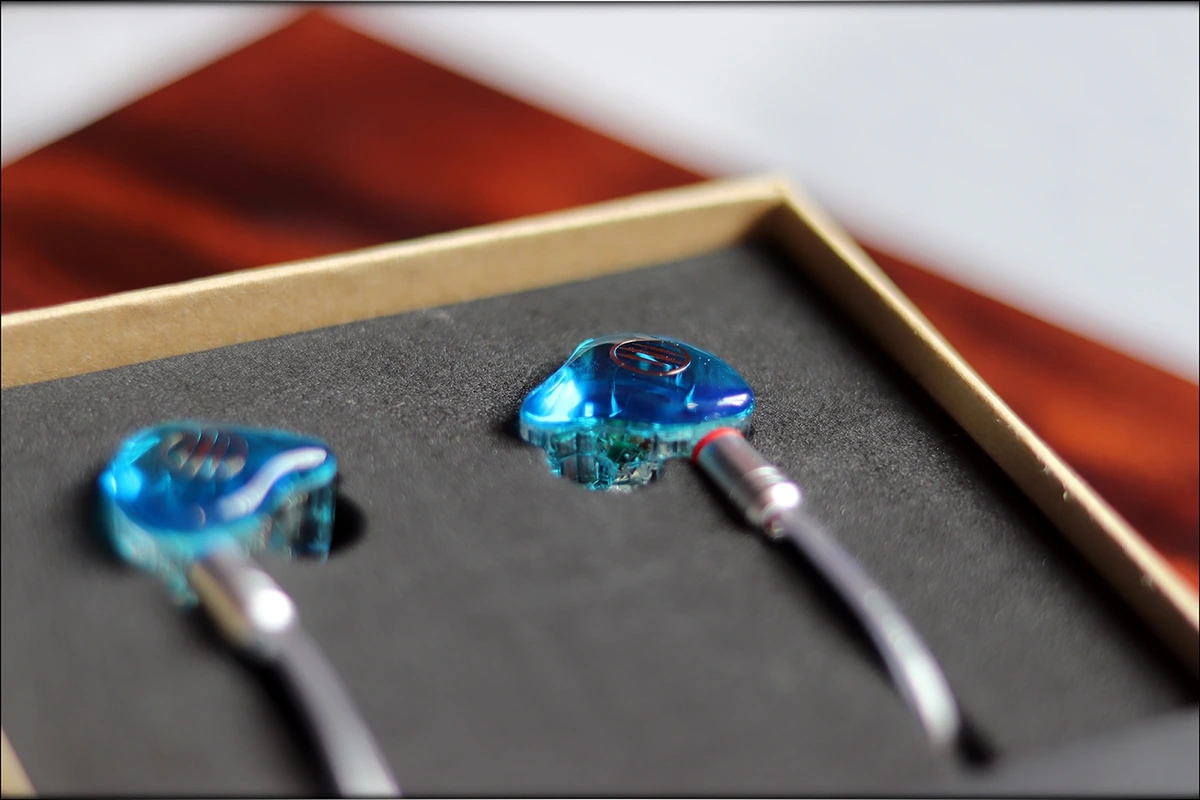
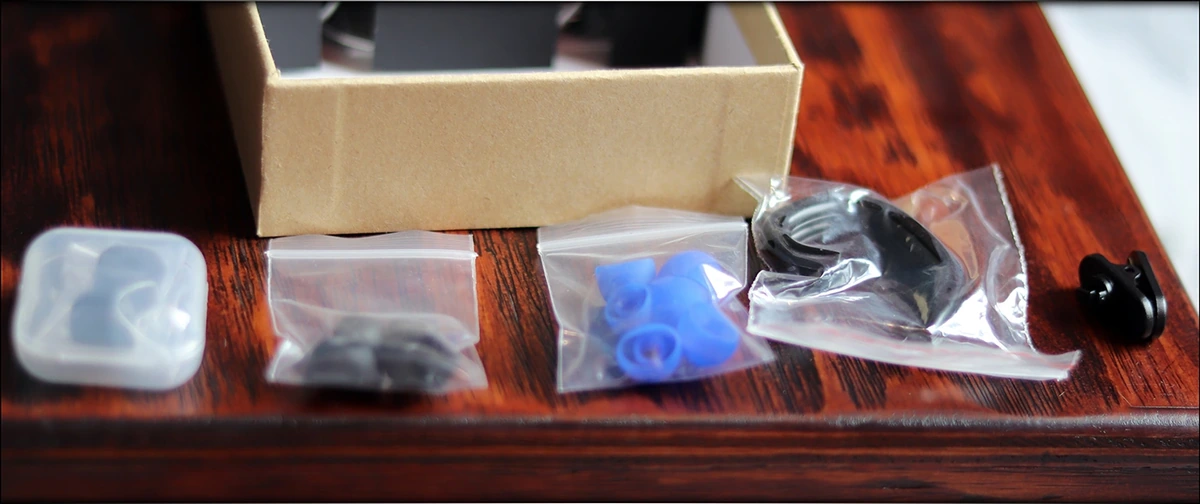
Starting then, with the comfort, you probably won’t want to do any jogging while wearing DS1 PRO, as it not exactly as comfy as DMG, and it relies on a 2 BA + 1 Dynamic Driver configuration, but the driver can feel a bit voidy, up to the point where I feel it may flex. This makes me suggest other IEMs if you want a jogging IEM.
Youtube Video Review: https://www.youtube.com/watch?v=BkaT54MK5yc
The cable included in the package is of really good quality, shockingly, even better than DMG. Pairing DS1 PRO is easier when you have affordable sources, as it is less picky with the source than DMG, its maximum resolution ability is not as good as DMG, and it is an entry-level model through and through. This being said, the construction, although fully made of plastic, is still of good quality, and the MMCX connectors feel good quality.
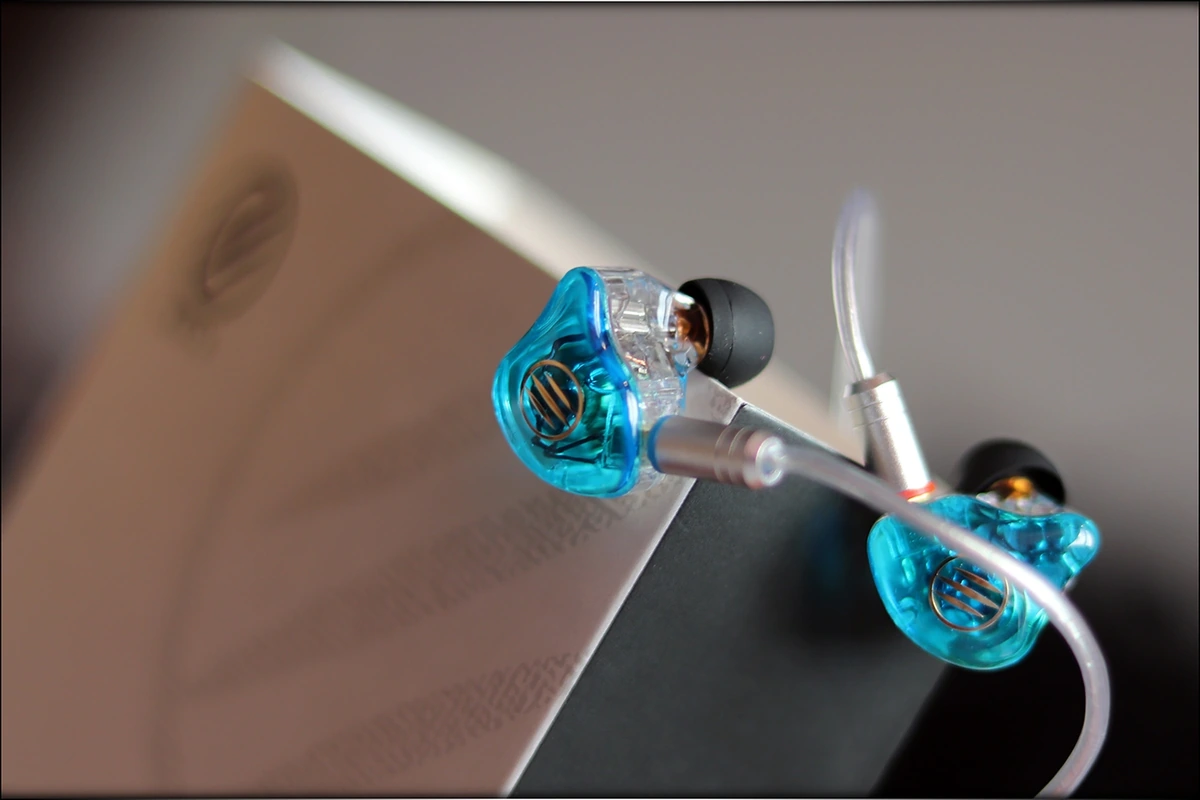
I would go as far and even suggest purchasing DS1 PRO for its cable alone, if you wanted a good cable for a more expensive IEM that came with a less erm… with a less interesting cable. There’s no microphonic noise, and the IEM works with most medium and large ears, but for small ears, I would suggest testing before purchasing. Just like iBasso AM05, the shape may work beautifully for most, but if you have a slightly odd ear shape, you may not feel the same level of comfort as I had.
DS1 PRO blocks external noise really well, and if you’re looking for something to really cut you from the outside, it will do the trick, The full plastic shell seems to be really well tailored for it.
DS1 PRO’s sound is much thicker, warmer and stronger in the bass, compared to DMG, and nothing I said in that review stands true, so there’s no house sound for BGVP, although, if anything, they seem to like larger soundstage presentations, and I respect them for that, they make Chifi interesting and worthwhile to look at. In fact, I heard IEMs at 80 USD that had smaller soundstage, like the Flare Jet 2, which although was excellent in build quality, had a small stage for its price.
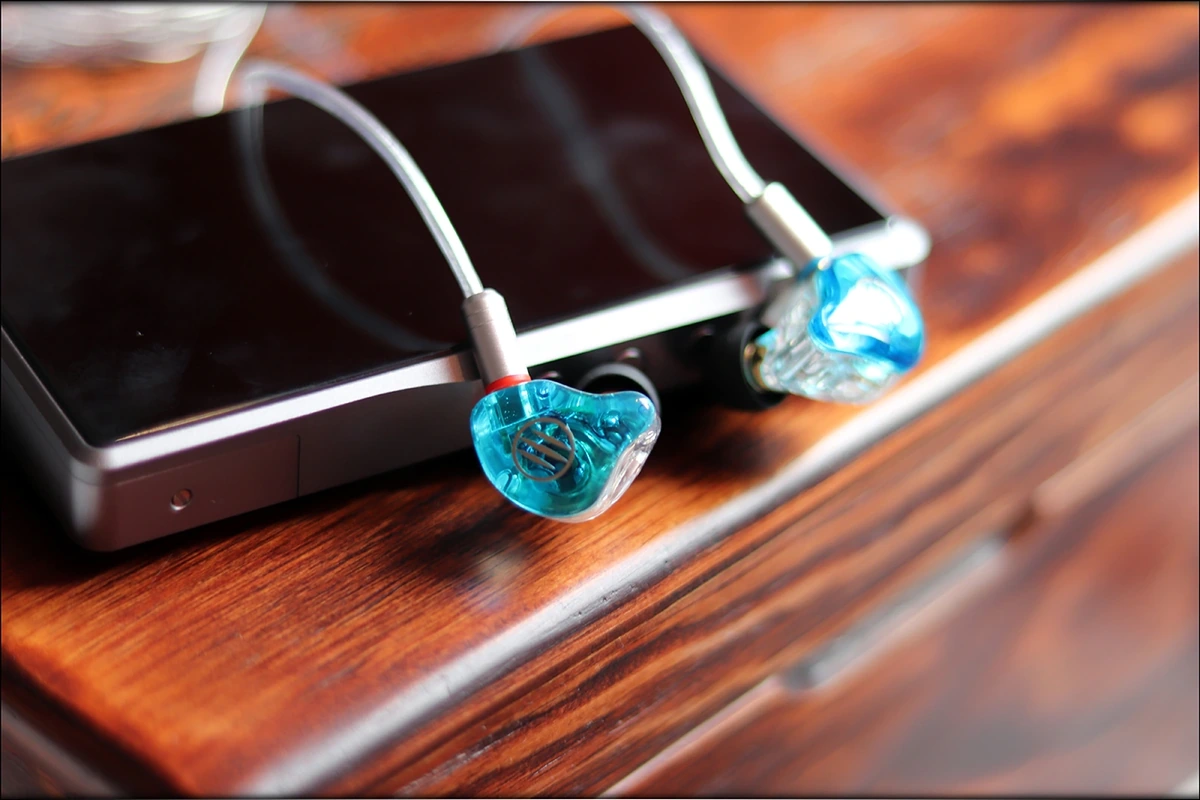
The bass is the central element of the sound, and I think that if you’re a basshead, you’ll love DS1 PRO. This being said, it is the basshead kind of bass, large, strong, but with a little twist, slightly faster than DMG. Despite the slightly quicker speed, it feels like an experimental IEM, because it also has great amounts, excellent extension, and is probably, my favorite feature of DS1 PRO.
The midrange is starting to recess, and the lower midrange is not colored by the strong bass. This being said, the midrange has good separation, detail and clarity. But there’s even good texture, and good staging to DS1 PRO’s presentation, along with fairly impressive overall dynamics and punch. The clean midrange makes them stand out as working really well for classical, but the strong bass also compliments electronic music, as well as EDM, Hip-Hop and Rock.
The upper midrange and the treble is where things start to be a bit controversial. If you’ve ever read any of my reviews and agreed with my input, you hear things the same, and I really felt that the upper midrange still has a bit of a sparkle, but the treble just rolls off way too early for DS1 PRO.
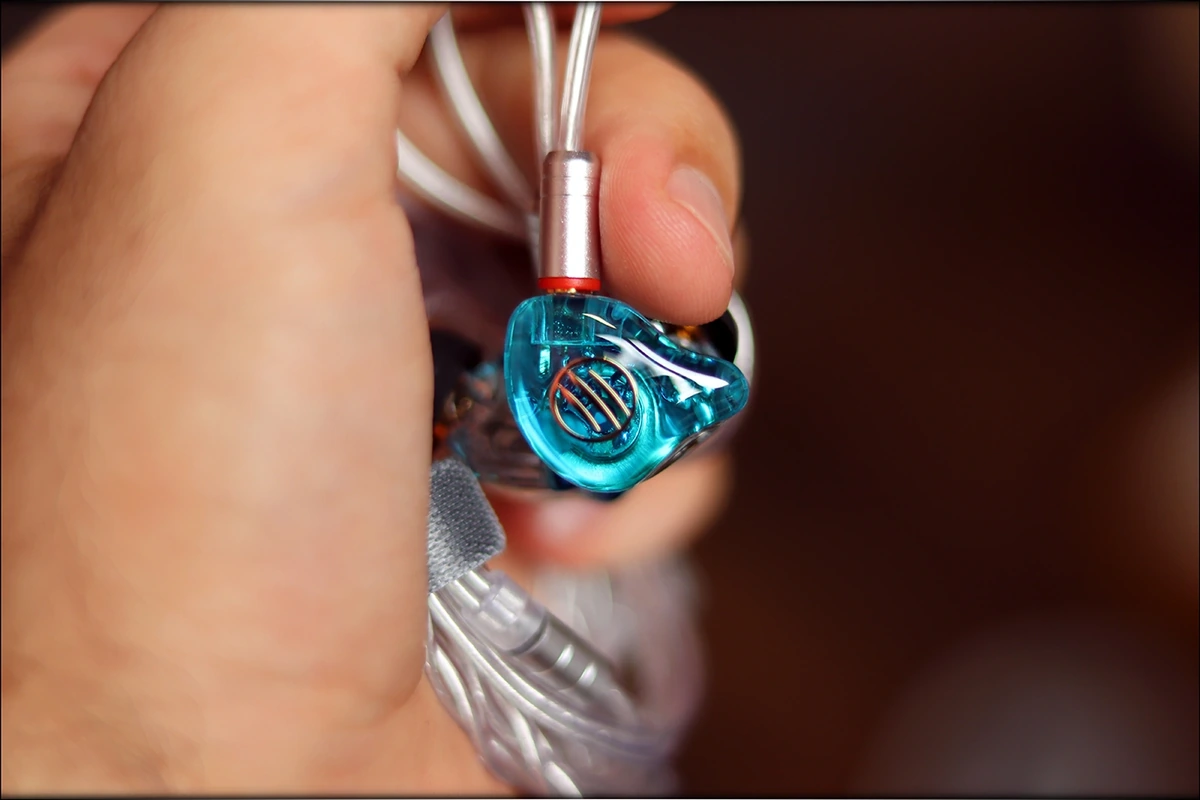
If you like a smoother signature, that is really fine. They still have enough upper midrange and lower treble to not be entirely dark and boring, but for me, they lack the treble extension. Metal and Rock lack cymbals, there’s almost no presence of air in music, and where the midrange manages to be really wide, and even huge for their 50 USD price mark, the treble rolls off about exactly where I would have expected it to.
All in all, DS1 is a quality experience for 50 USD, if you love a stronger bass, and a clear presentation, but if you want treble extension and air, there may be other options to look at.
Geek WOLD GK3 (16 USD)

Purchase Link (Amazon): https://www.amazon.com/Geek-Wold-GK3-Headphones-Microphone/dp/B07F6WTBBX/
You just have to read the current article to know that I’m not going to be impressed by GK3 by any means, I mean, BGVP manages to somewhat impress me with their upper models, but GK3 fails pretty badly in many ways, yet it manages to do so many things right that it is hard to tell whether it is a good one or not.
In fact, the only part that will decide if it fits well for you, is whether you’re looking for its kind of sound or not, as you can sacrifice anything if you like the sound of an IEM, but you won’t able to accept an IEM, regardless of how comfortable and well built it is, if you hate the sound.

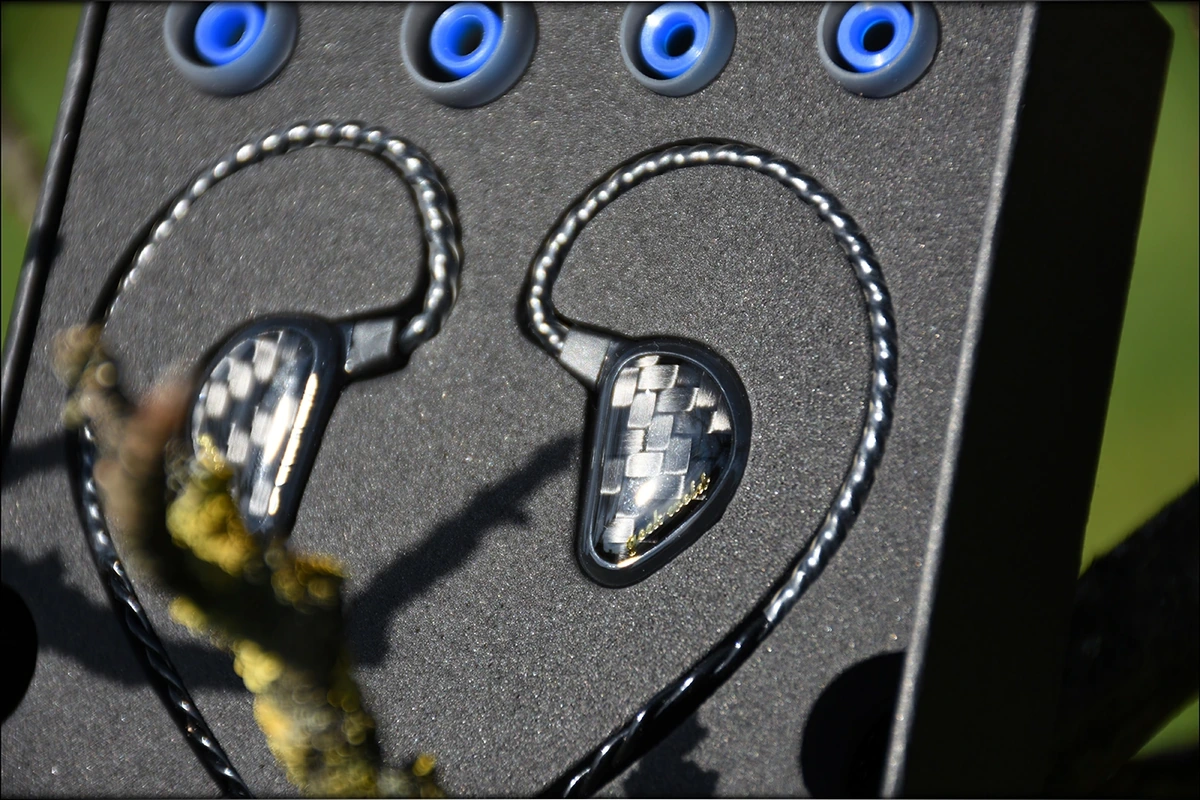
But let’s start with the beginning, GK3 has a really basic package. For 20 USD or 15 USD, I really really can’t complain. You get the IEM, a cable, 3 sets of tips, and that is it. No carrying case, no filters, nothing. I have seen more expensive IEMs that were just as basic in their package, but for the 20 USD price tag, DK3 cannot be faulted so badly.
The construction quality is not that great, I mean, the IEM is okay, the plastic feels good, and I’ve seen IEMs that are much more expensive, like Periodic Audio Be, where the cable feels frail and I fear it may break sometimes. Even so, with GK3, it is a basic cable, feels frail, and I have a feeling I might break it if I pull too hard, or use them for jogging, it is good for their 20 USD price point, but not great otherwise. Also, the cable is not detachable.
The comfort is good, less so than BGVP DMG, but better than Shozy Hibiki. The overall aesthetic is quite interesting, I think that the carbon fiber look is probably going to catch your eye quite fast, as it did mine. The isolation from the outside noise is fairly good, not spectacular, but good enough. About 20 dB of passive noise isolation is about right for portable usage. There is no driver flex, and no serious void, and I think that companies who make much more expensive IEMs could take a bit of advice from Geek Wold.
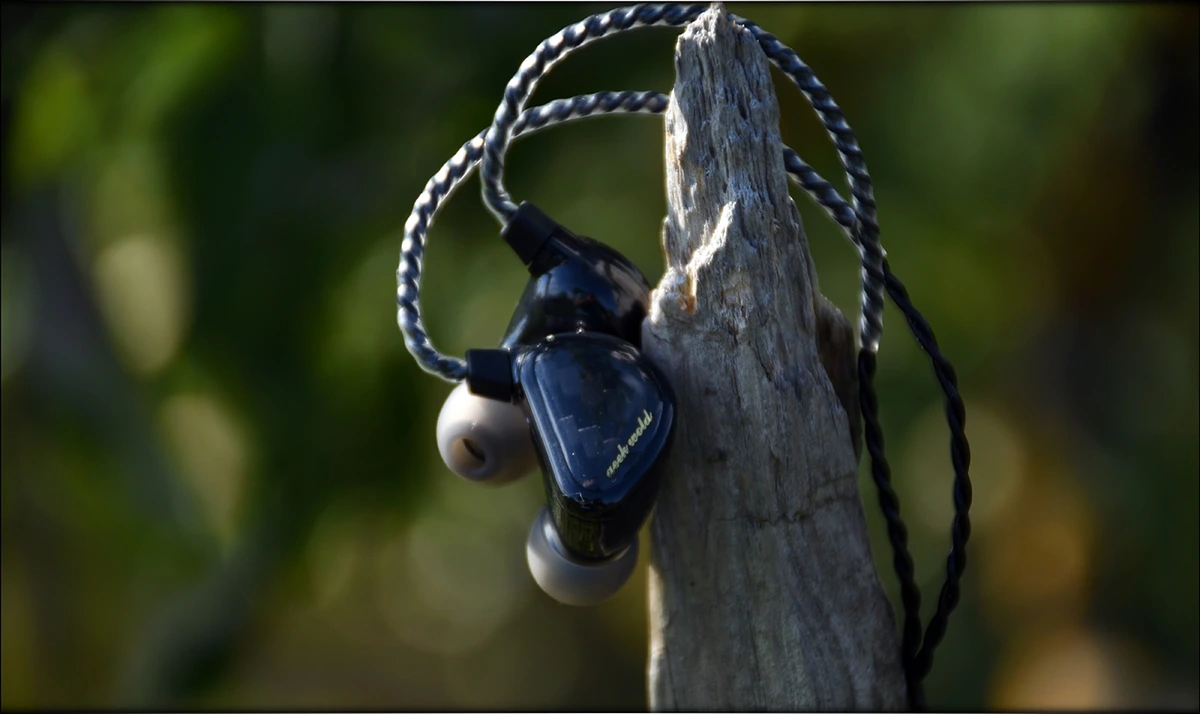
Geek Wold GK3 seems to scale a bit with the source, so try to not use them with at least a reasonably good source, like a FiiO M6, or an iBasso DX120.
This being said, the sound of GK3 could be described as heavy, thick, rolled off, compressed, and lacking detail. The soundstage is quite narrow, and they lack resolution, and treble extension, so their sound could be good if you wanted a budget bass-heavy IEM, but not so great if you wanted something more versatile and which works for a wider music selection.
The bass of GK3 is heavy, thick, but not necessarily slow, so it doesn’t really color the entire sound in an overwhelming boom. Sadly, the bass is what would define GK3 the most, as the midrange starts to roll off and becomes distant, compared to the bass.
Despite the midrange being distant and lower in presence, the stage is small and doesn’t justify listening to progressive, orchestral, or atmospheric music. The treble is somewhat present in the very low treble, and upper midrange, but rolls off too quickly, and ends up being more of an upper midrange hump.
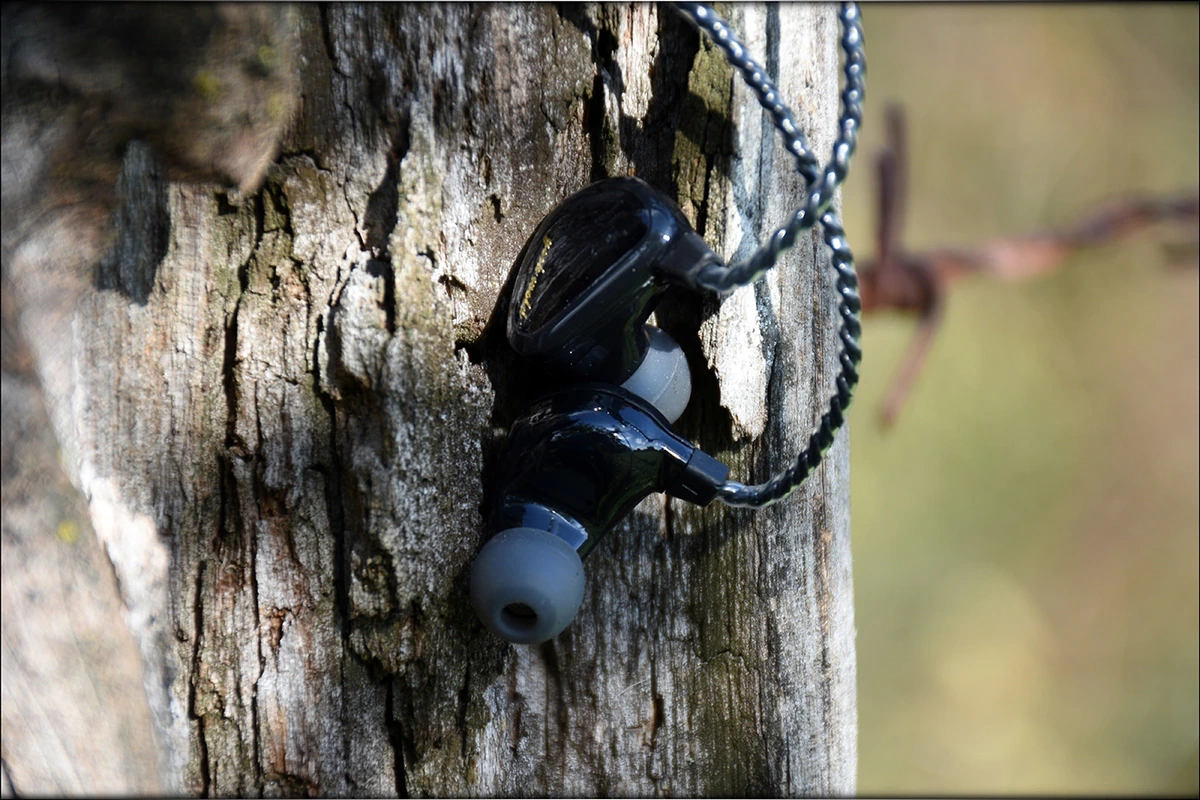
Furthermore, there is almost no detail, no clarity, no air. Instrument separation is fairly mediocre, and often there is instrument soup as I would call it, rather than a proper separated sound.
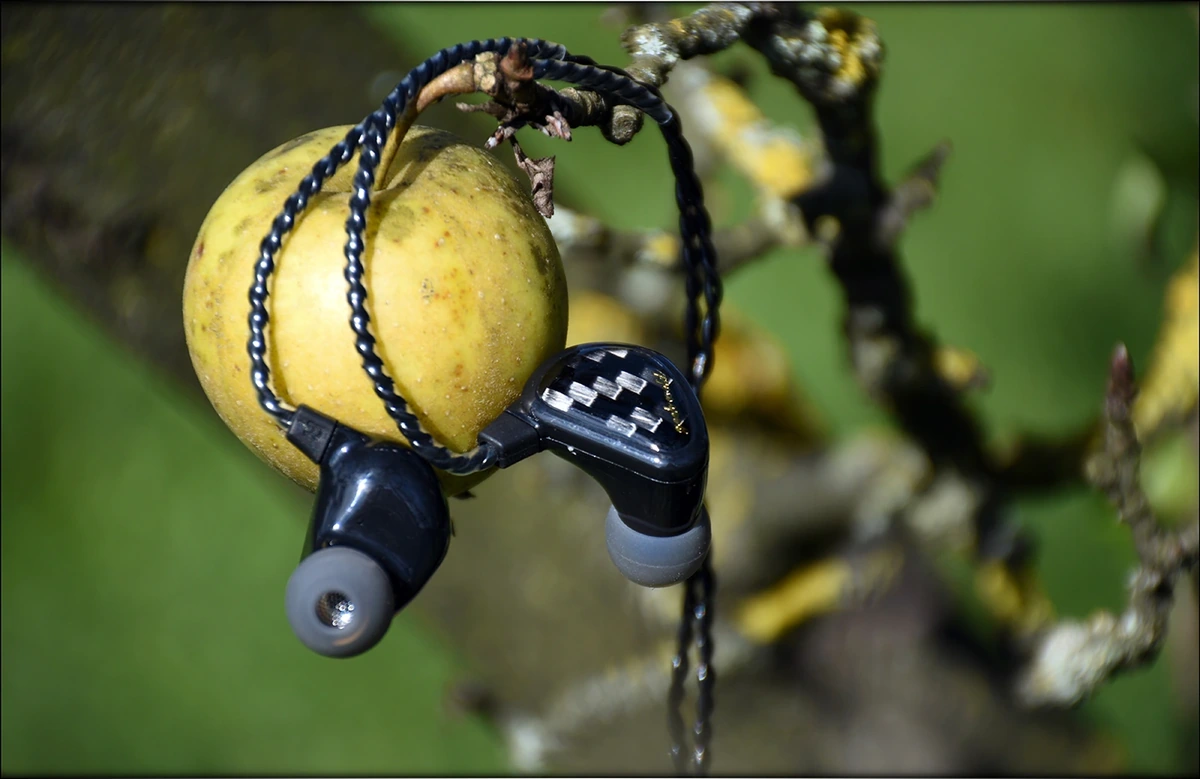
Of course, I complained a lot, but the IEMs simply don’t do much better than that. If you want something that is good for 20 USD, Geek Wold GK3 is probably the best you can get, but honestly, I would suggest considering increasing your budget. Even within this article, there are options that sound considerably better for just a few dollars better.
Shozy Hibiki MK2 (65 USD)
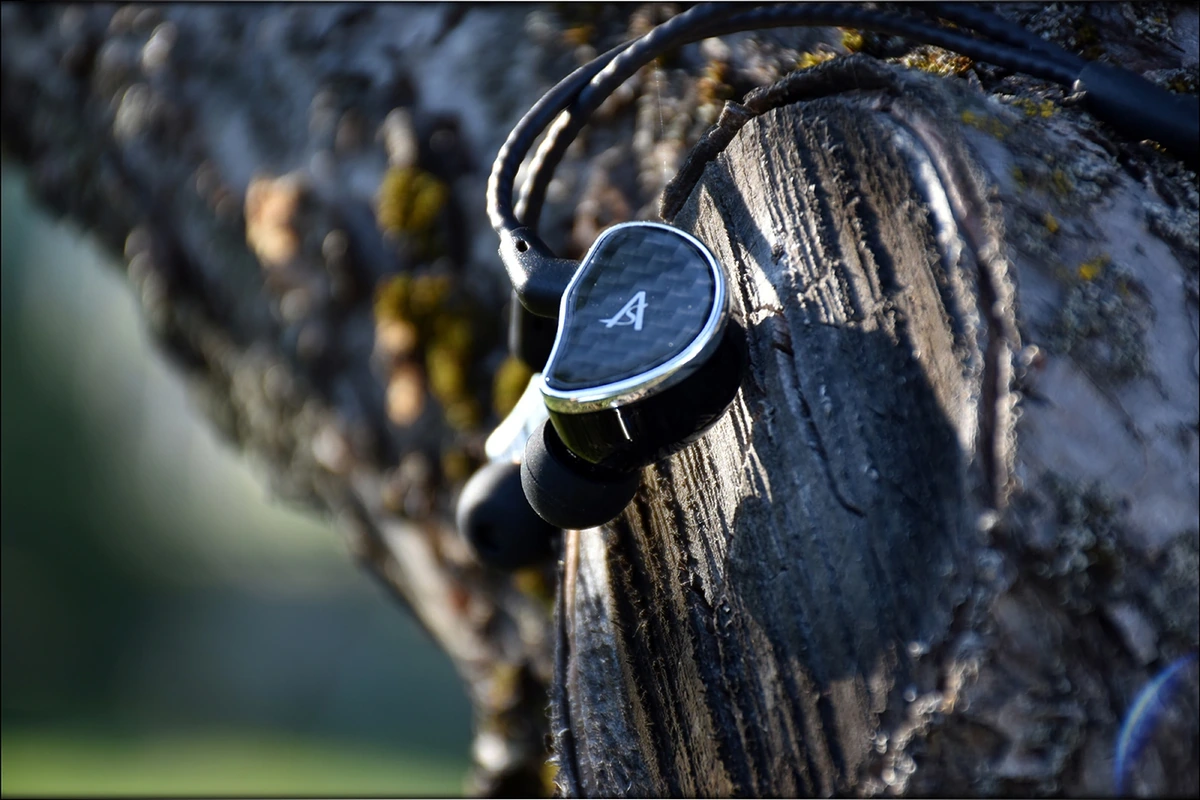
Purchase Link (Amazon): https://www.amazon.com/Shozy-Special-High-Definition-Earphone-Detachable/dp/B079FXFTM8/
I did a full review on the previous Shozy Hibiki model, as well as a review on their more interesting IEM, Shozy CP. I will also be doing reviews on their form series, both on Form 1.1 and Form 1.4, sometime in the near future. Shozy is usually a mid centric IEM, with narrow soundstage, but with good natural mids, not very strong bass, and smoother, usually easy to listen to treble. They have a house sound, but they also have other characteristics they consider a house thing, like the good build quality, and excellent support.
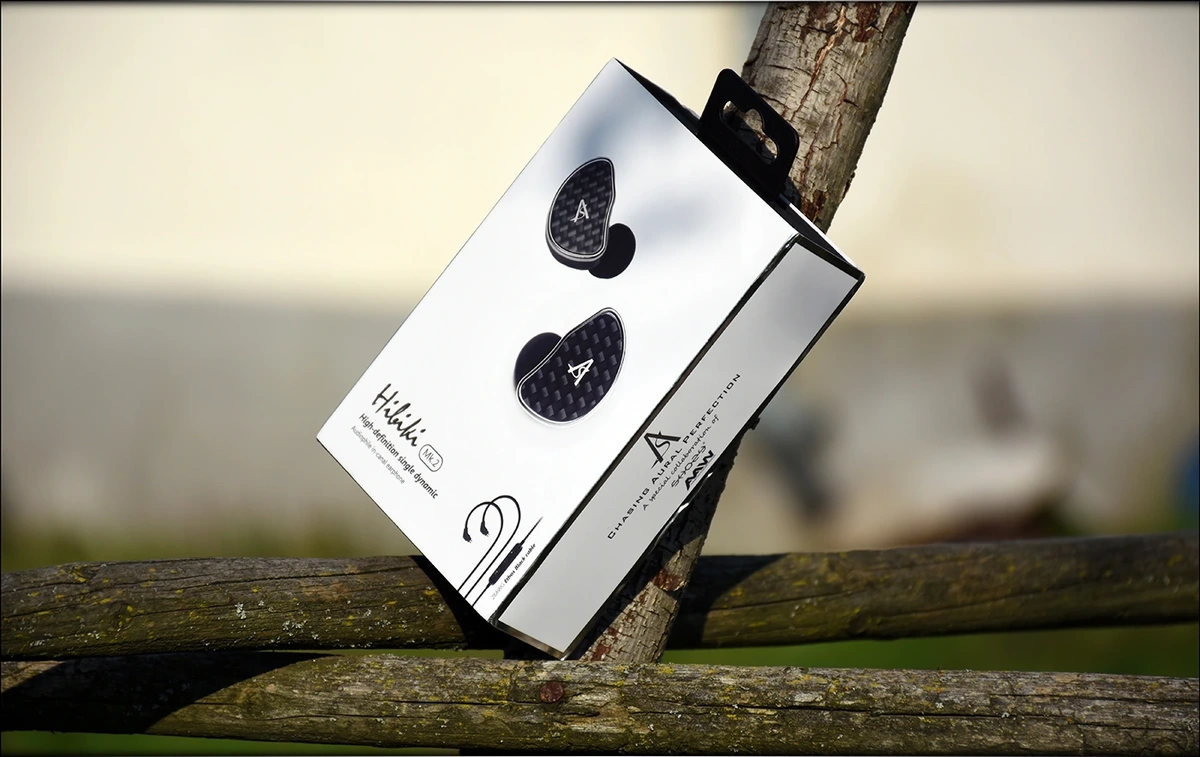

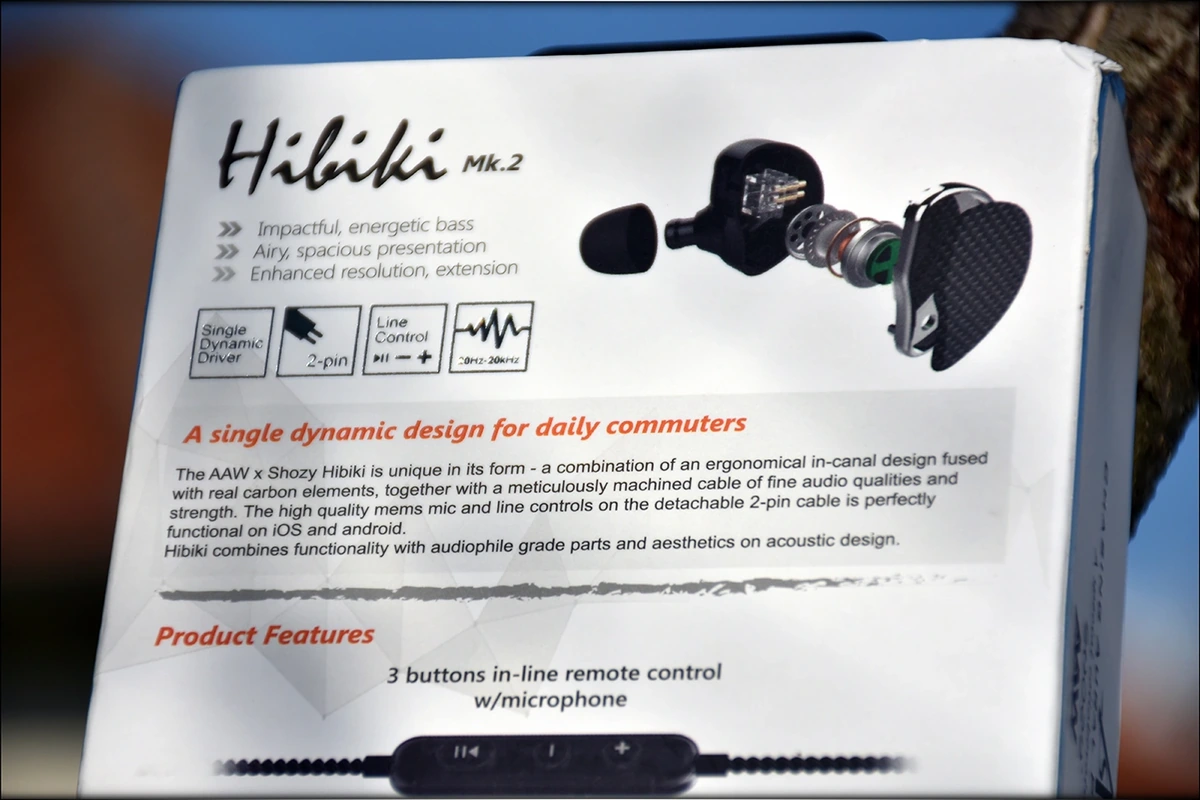
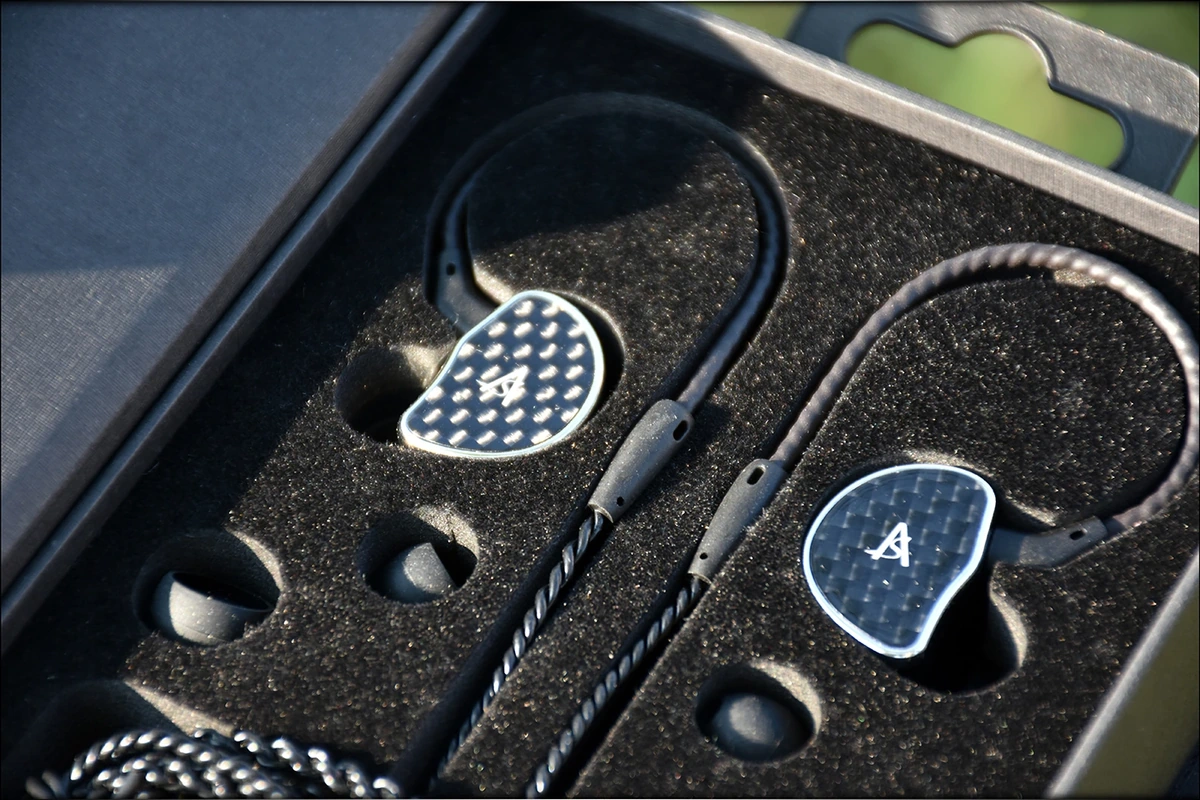
Starting with the package, Shozy Hibiki MK II is probably the most disappoinding IEM from this entire review, it comes with just three pairs of silicone tips, and that is it. It only costs 50 USD, you may think, but for an IEM designed for those who commute a lot, a carrying pouch or case would have been really welcome. Furthermore, more tips would have worked nicely, especially some foamies, and you probably know I’m not a big fan of foam tips, but for Hibiki it would have worked nicely.
The construction quality is mainly plastic, but high quality plastic. The inner part has a gloss finish this time around, as the rubber texture the first version had, did wear off with time. The outer part of the IEM has that carbon fiber pattern which looks amazing in person. There is also the cable, which is detachable, and which has a nice remote, but which does not feel quite as trusty or as robust as the original.
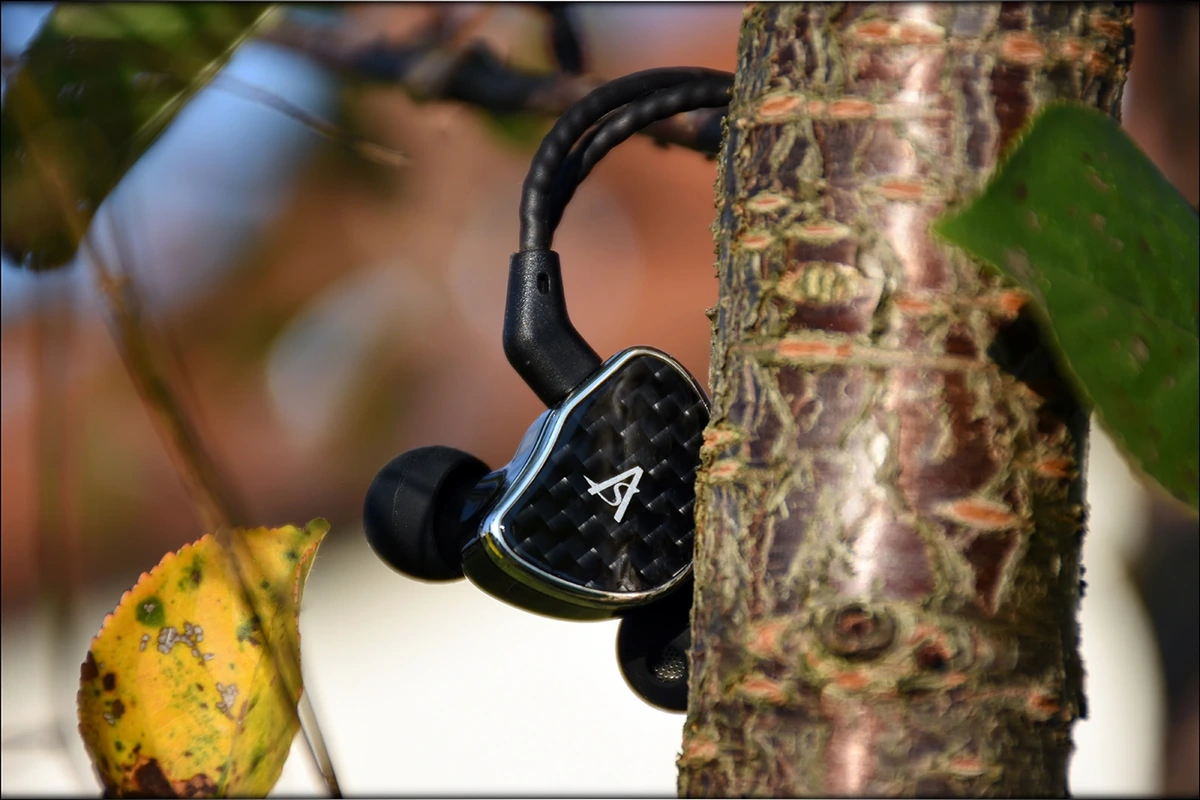
Shozy decided to make the cable of the MK II thinner for the sake of flexibility, but in the process it made it slightly more flimsy as well. This isn’t quite that big of an issue, it is still okay, but it still is something to take into account.
The comfort of Shozy Hibiki MK II is still okay, although they are huge in size, so you may not get the best fit if you have small ears, or even medium sized ears. The silicone tips are of fair quality, nothing too bad, but they are not spinfit nor final tips. The passive noise isolation is medium, about 15 dB of passive noise isolation.
The cables have a guide that goes around the ear, which makes fitting easier, since the only way you can wear Hibiki MK II is over-the-ear. They don’t have much cable microphonic noise, but there is some driver flex, which makes wearing Hibiki MK II pretty uncomfortable, especially if walking, since the driver will flex back and forth against your ear membrane with every step.
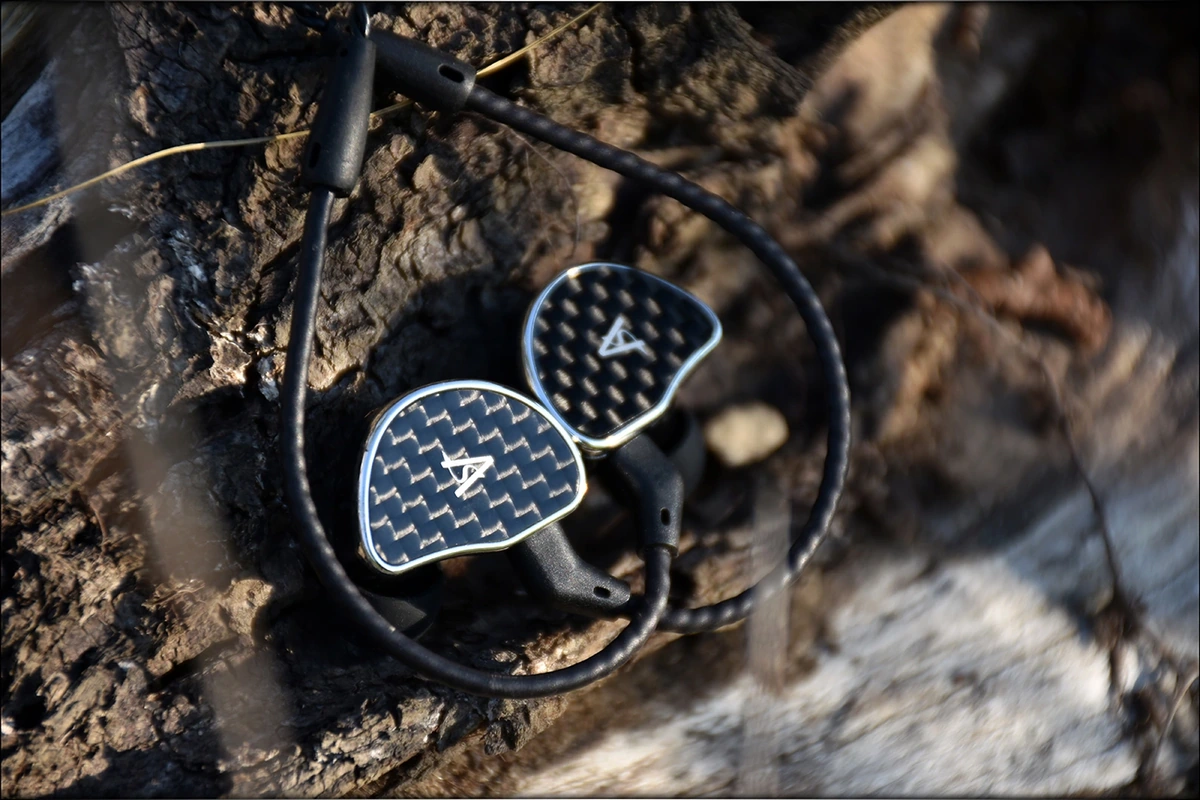
The microphone found on Hibiki MK II is of sub-par quality, as compared with the one on the first generation, the microphone now has a fabric applied on it. This eliminates some of the background noise, but it also muffles your voice, making Hibiki MK II not recommended at all for taking phone calls.
When it comes to the sonic performance, it looks like I am getting a very different experience, compared to most people, and I suspect that this is caused by me not getting a good enough seal. Given my experience with IEMs, and that I had an okay seal with similar shaped IEMs, like KZ AS10 and such, I think that at least some people will have a similar experience as me with Hibiki MK II. With my personal fit and ears, the bass is lacking in both extension and substance, the entire sound feels thin and pretty lifeless. The lower midrange also feels recessed, and the upper midrange feels more forward, even forced at times. The treble is abundant, and there’s enough treble to go by, but it has little detail and clarity, and overall, I think that the IEM would work best for either pop, or simpler music, or if you’re not very picky.
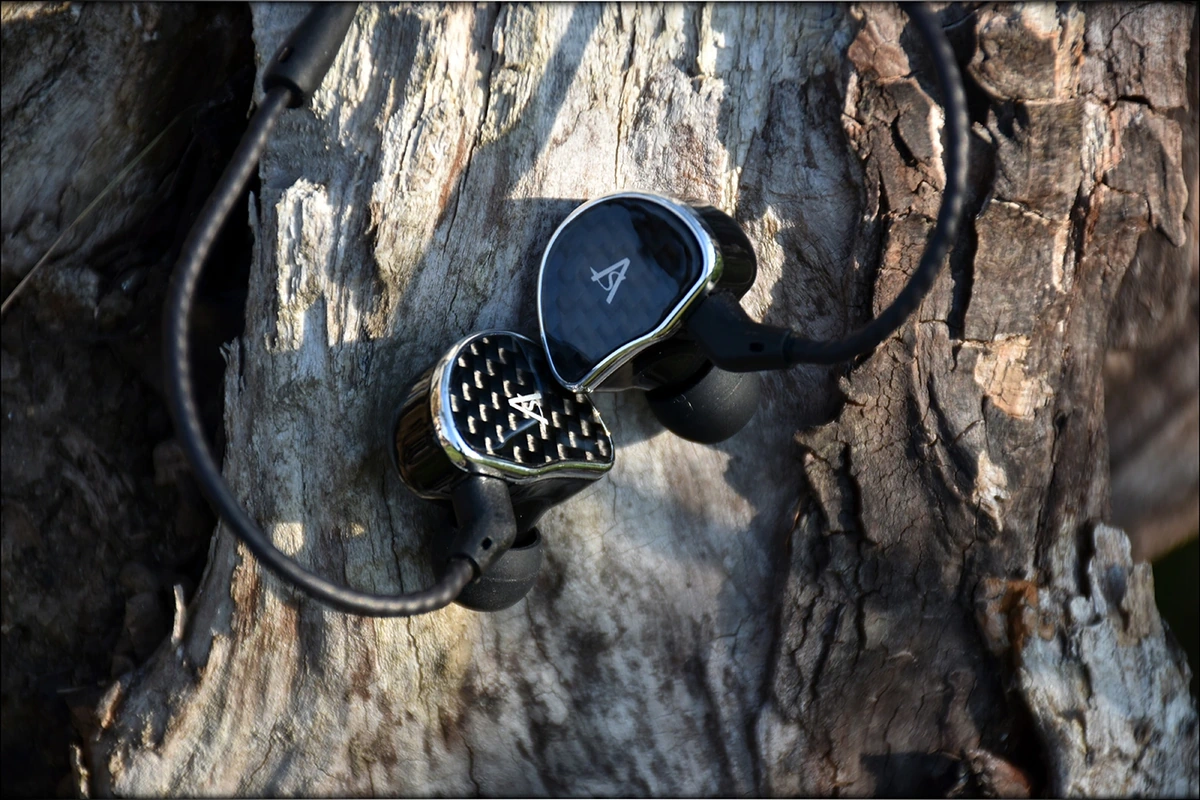
They do not really have a commercial type of sound, which tends to be thicker, and warmer, and instead Hibiki MK II relies on a more shouty sound that would work well for Anime and Japanese music to some extent, as well as for most asian commercial music.
Overall, Hibiki MK II is an interesting IEM, especially if it fits well with the music you listen to, but I’m looking forward to a MK III, which hopefully will be larger, have larger shells, and present music with better overall clarity, better detail, and more bass, just like their Shozy CP does, IEM which is in all fairness an amazing piece.
Tenhz P4 PRO (150 // 100 USD)
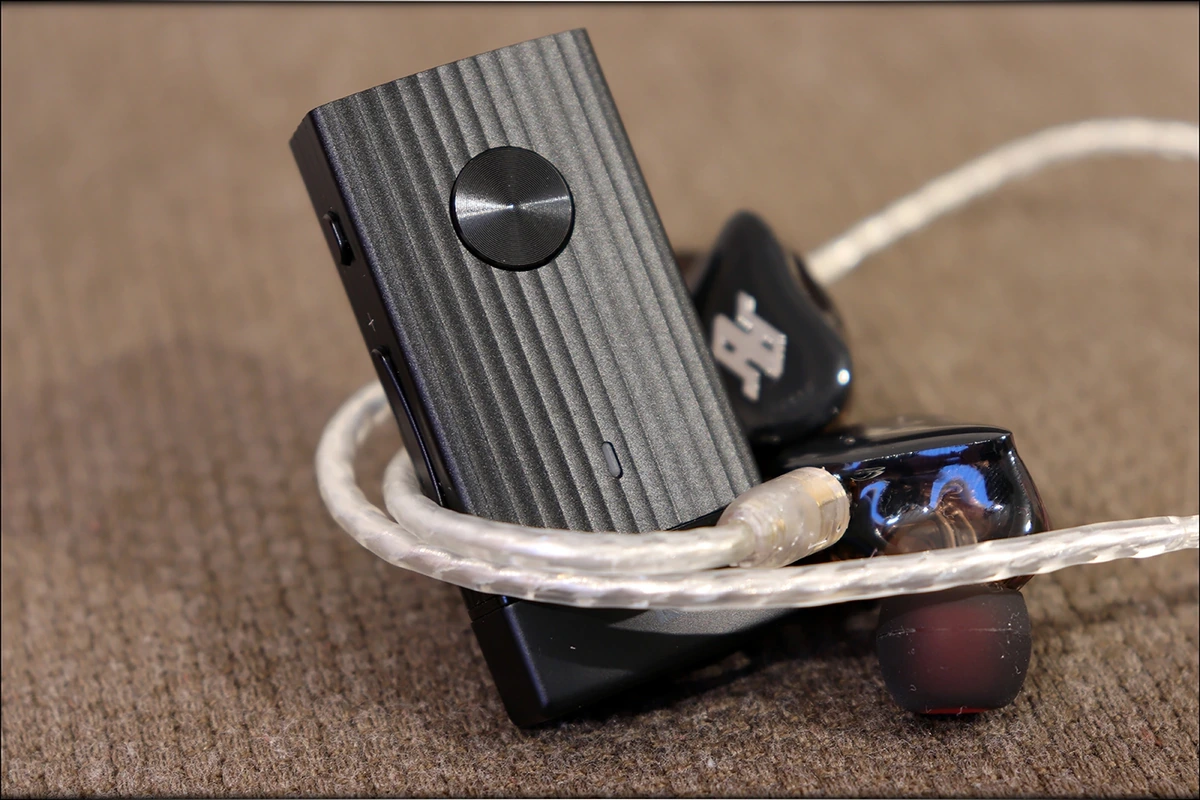
Purchase Link (Amazon): https://www.amazon.com/TENHZ-canceling-Professional-Earphones-20Hz-40Khz%EF%BC%88Carbon/dp/B0814CWHVW/
This one is interesting, and I also did a good Youtube video about them! Of course, by good Youtube video, I mean a funny, light hearted, one, where I did not stutter, and did not have issues speaking my mind, as it happened to me once or twice, because, well, making videos can be a bit stressful sometimes.
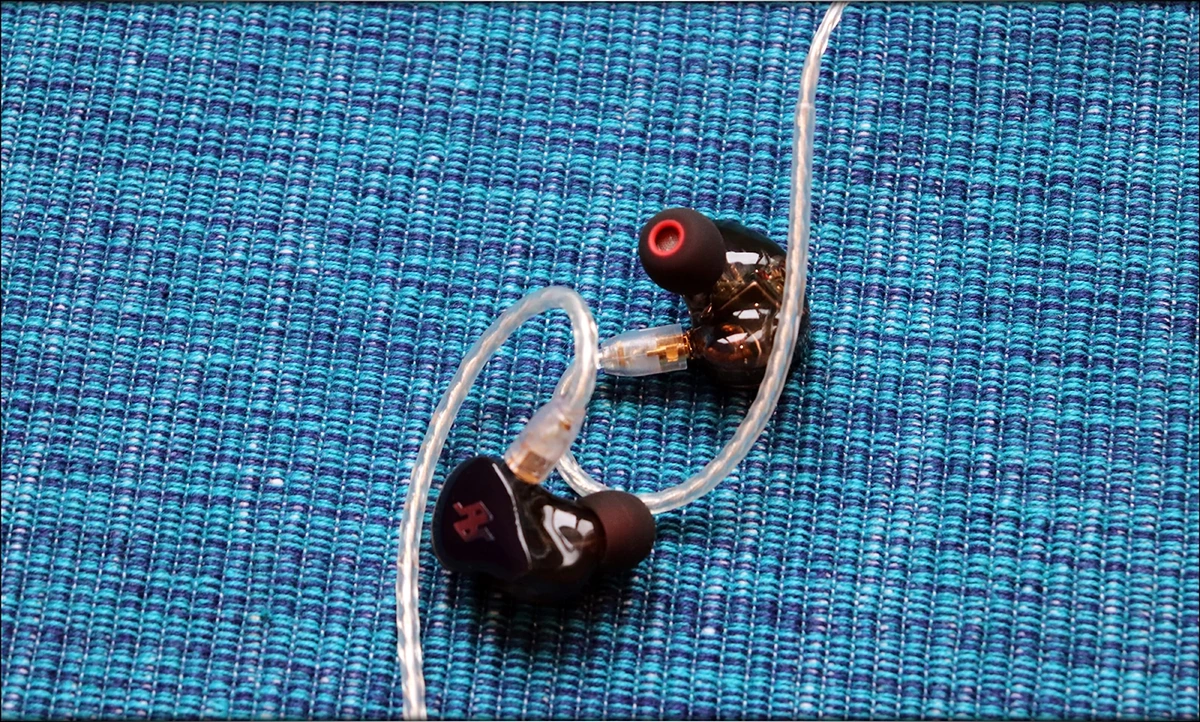
At any rate, the Tenhz P4 PRO is an interesting one, it is also a more expensive one, priced at 150 USD at launch, and being priced at 100 USD at the moment of making this review.
Youtube video: https://www.youtube.com/watch?v=LV8yqmPytCU
With that out of the way, you have a really nice package with P4 PRO, you get a nice, leathery carrying case, in brown color, along with a good selection of tips, three sizes and two types, and a pretty high quality cable.
The construction quality and body type reminds me a lot of Kinera H3, which I reviewed before, and the style of the entire IEM reminds me of the Chi-Fi in general. It looks like the company had had a few prior releases, but none made it outside of China, with P4 PRO being the first one. This means that there is no way for me to compare the PRO with the original P4, but don’t worry, with only the P4 PRO being around at Linsoul, as well as other shops.
Now, the comfort is the same as Kinera H3, and it has a type of fit that either works really well for your ears, or it doesn’t work at all. More precisely, as the iBasso AM05 has the same build, this kind of design tries to be as ergonomic as it is possible, but it goes to far lengths for doing so, meaning that it may not scratch you the right way, if you have a more oddly shaped ear.
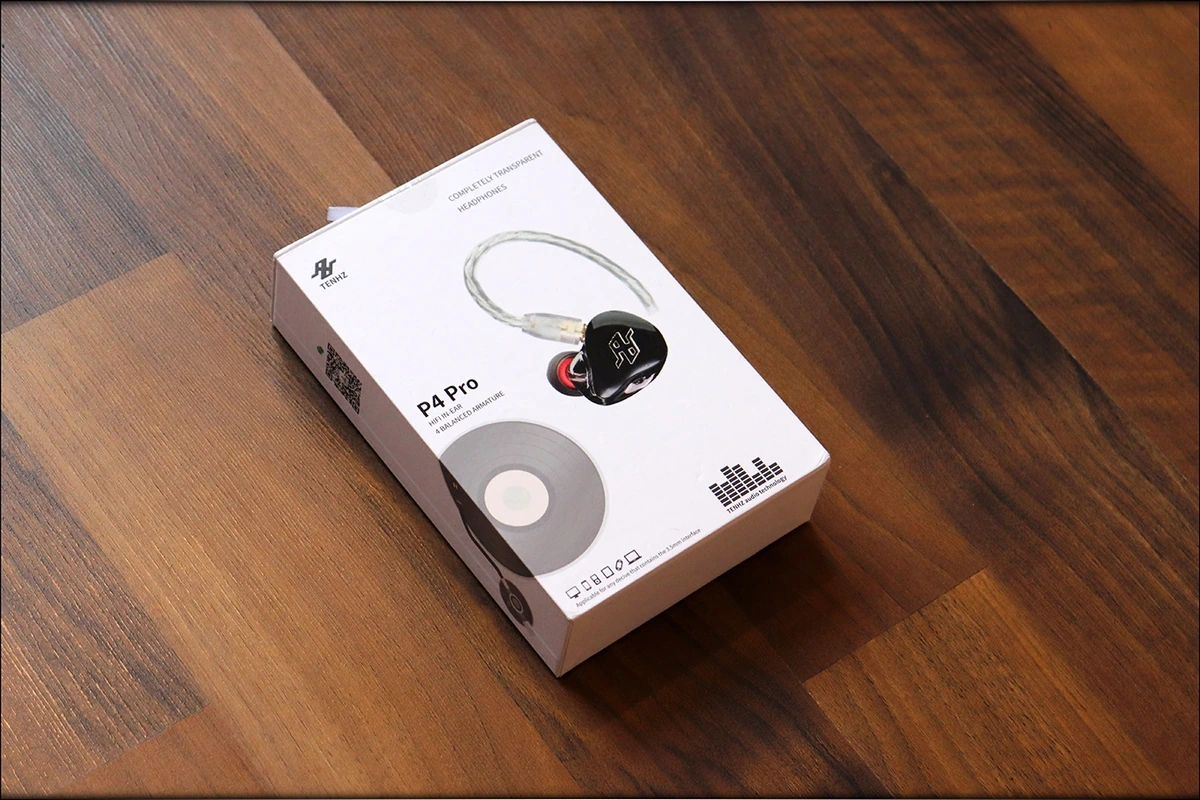
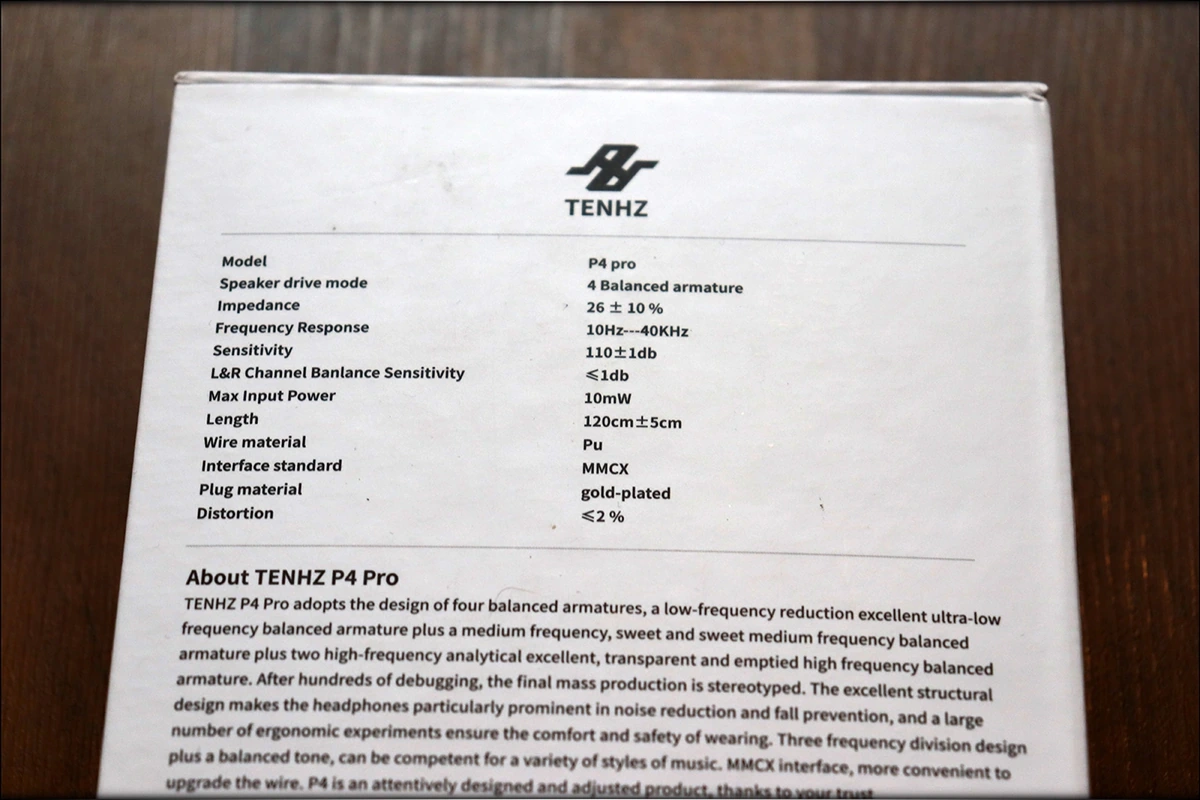
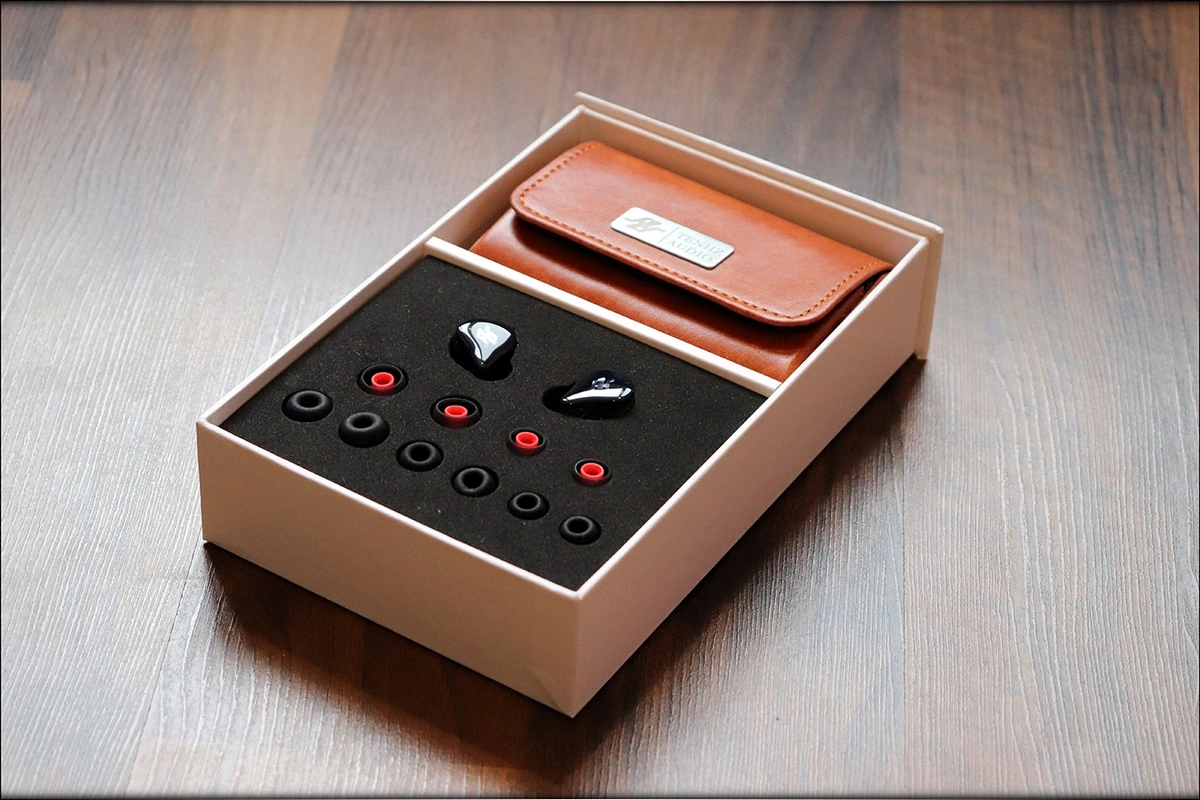
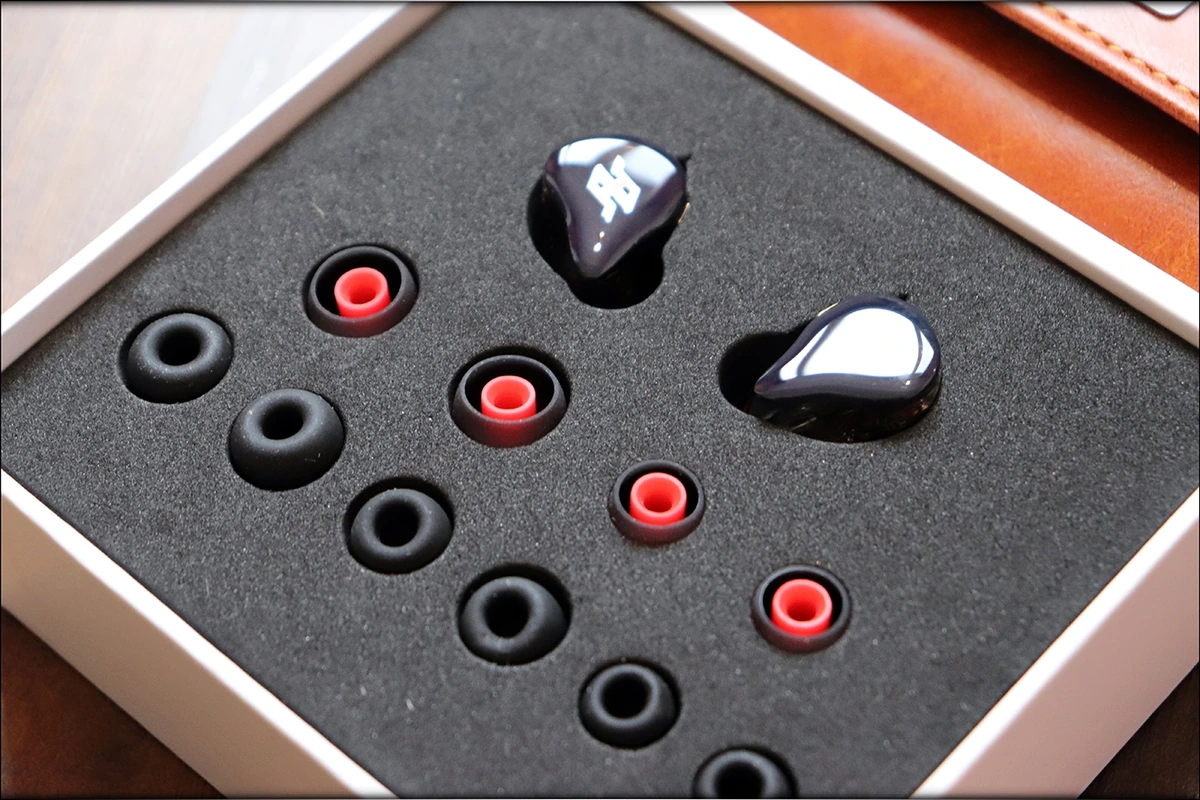
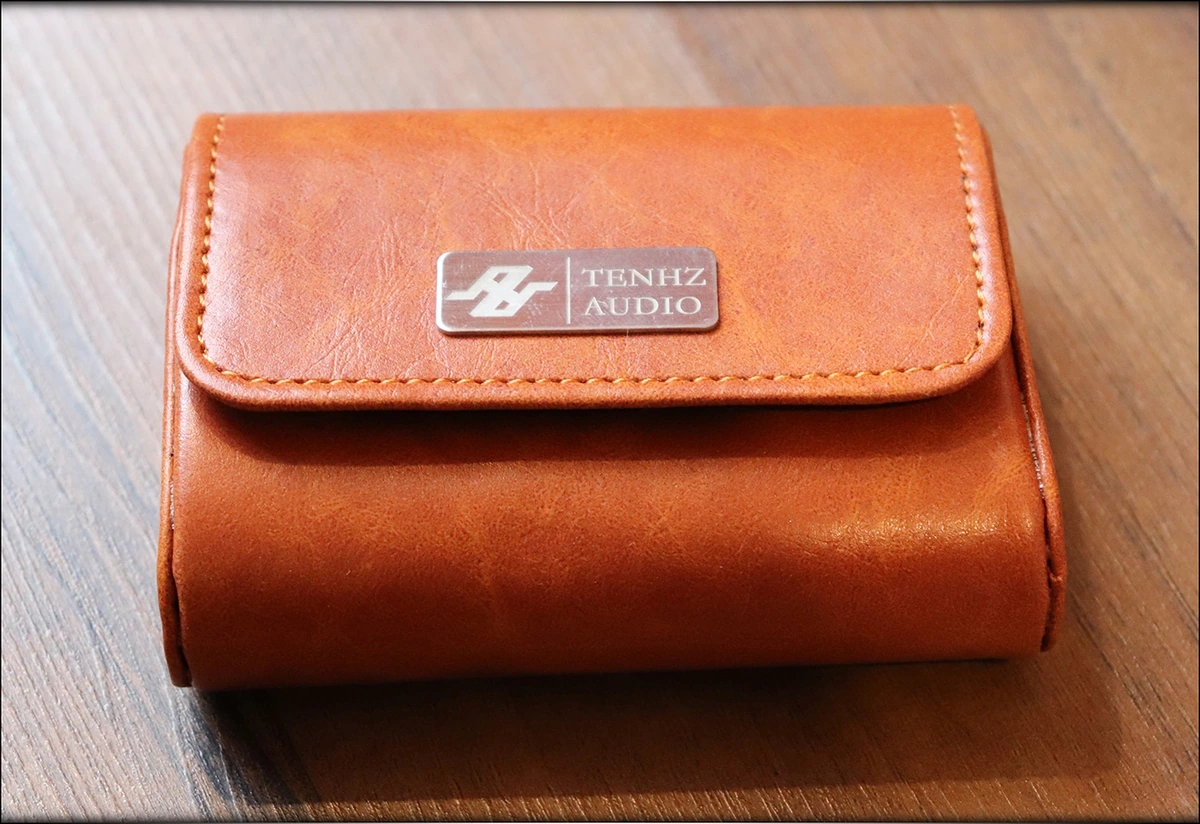
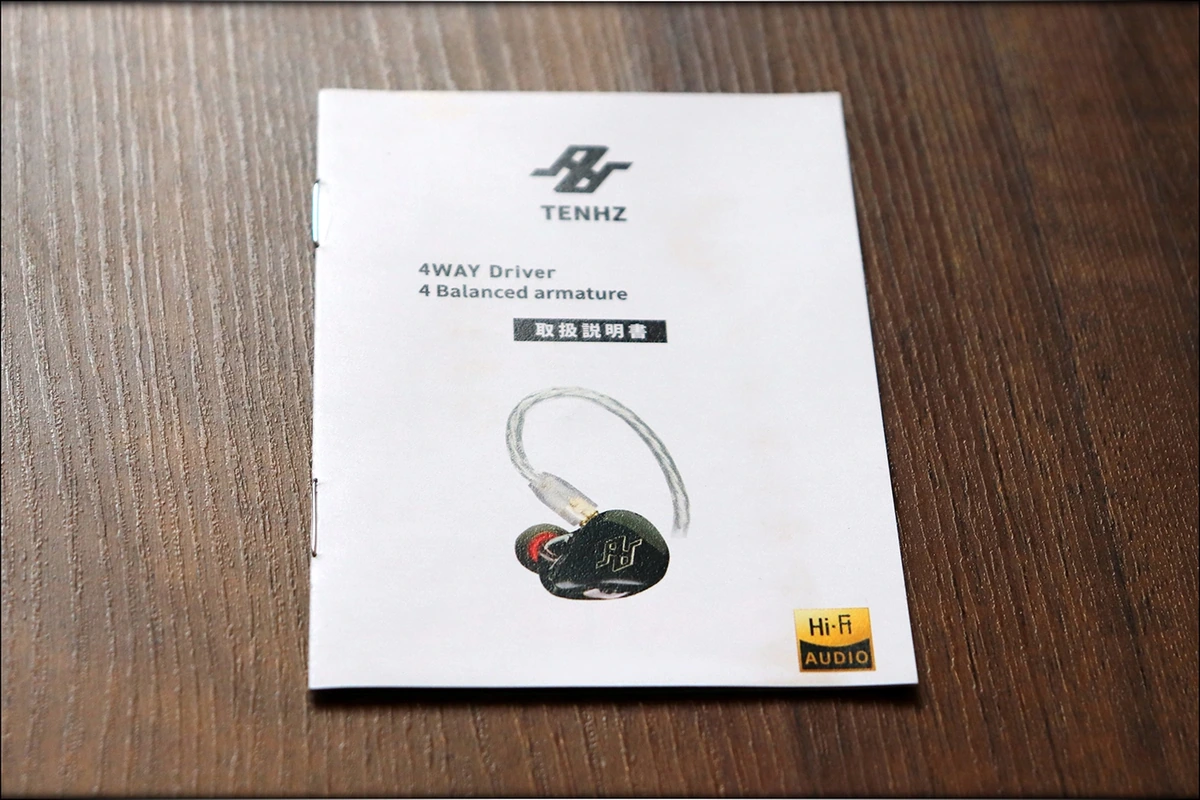
The cable is connected to the IEMs via MMCX connectors, but of good quality, and I’m confident when saying that if you’re looking for a good cable, TENHZ P4 PRO has that. In fact, the cable is so awesome, that it is one of the few IEMs in this entire review compilation that I could recommend for its cable alone.
The overall signature can be described as flat, as it is marketed, although I could go one step further and call P4 PRO a mid-centric IEM, with an upper midrange emphasis. As you would expect, this kind of signature works best with foam tips, and if you’re looking to make the sound a touch thicker, and also to make the bass a bit stronger, it is foam tips all the way. Overall, I found the clarity and detail of P4 PRO to be really great, and good enough for me to consider using them for rock and metal music as well.
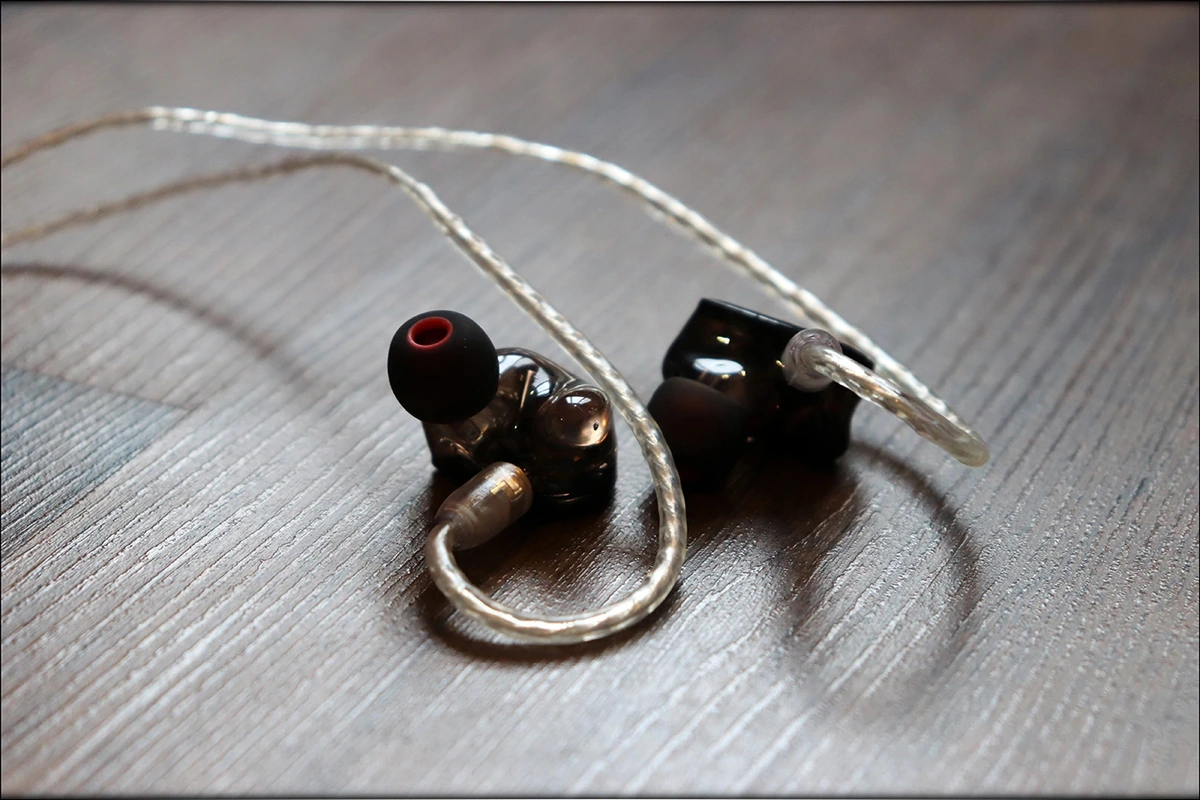
The bass is a bit slow, a bit too tight, and a bit too little for my personal tastes. Unless you know you’re fine with a little less bass, you’re probably going to want to explore a different IEM, like Knowledge Zenith series, or Shozy CP, which comes at a similar price as P4 PRO. The bass works well if you like having a more neutral – reference presentation, but don’t want the bass to be too analytical or dry, but instead prefer a slightly slower and more natural overall texture and presentation.
The midrange is slightly colored by the bass, even though the bass is lean and reference, it makes the midrange sound open, and clear, but also a touch warm. The bass doesn’t feel so lacking, that it would turn the mids bright or sterile, it is exactly the other way around. The mids are sweet, and despite being presented forward, they have a good width to their soundstage, good clarity and detail, and a good overall texture as well. Both male and female voices sound natural on P4 PRO, and I’m actually impressed by them.
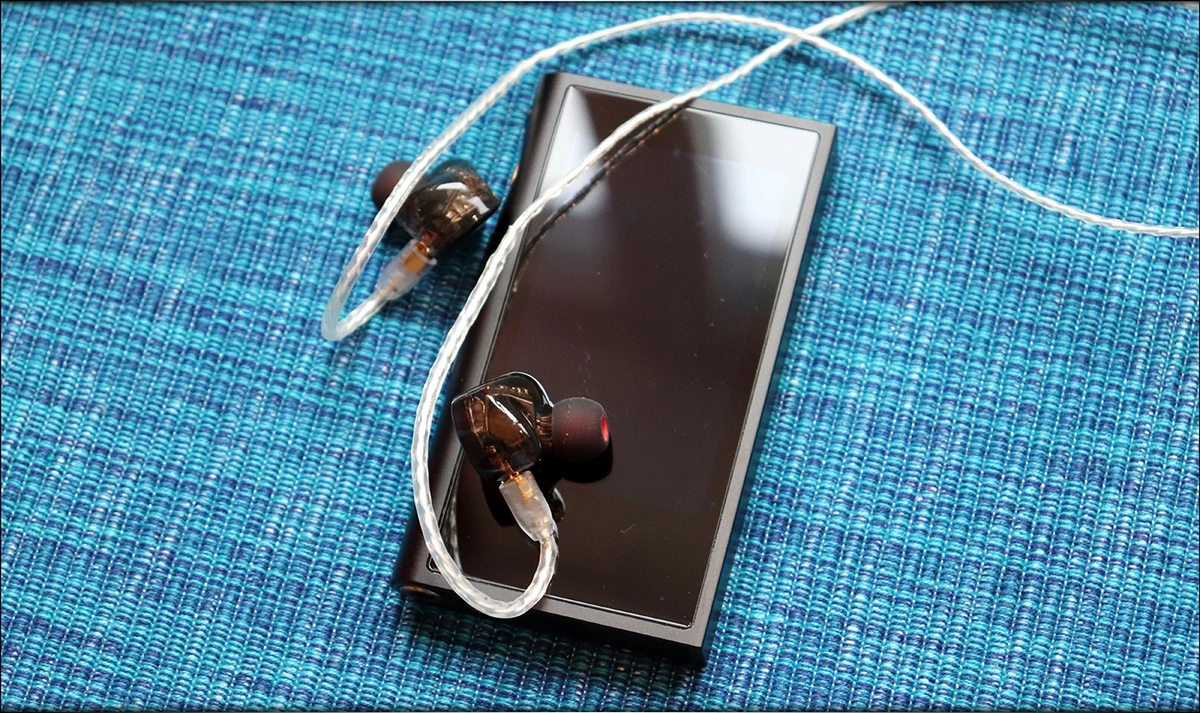
The treble is what I’d call a mixed bag. On one hand, it has good air, space to breathe, and compliments the wide, and almost holographic midrange. On the other hand, at times it can be pretty refined and nuanced. In fact, this is the interesting thing about P4 PRO, you aren’t stuck with just one presentation, they can be really sparkly and bright, but also refined and gentle, they react really well with the source song.
I also noticed about P4 PRO that they don’t have a great dynamic range, they sound pretty compressed dynamically. They also have a pretty precise signature, you cannot EQ them, and they react really poorly to EQ. This generally means that there is very little headroom for the drivers, and that the company spent all the time and effort possible to optimise the driver and overall performance of P4 PRO.
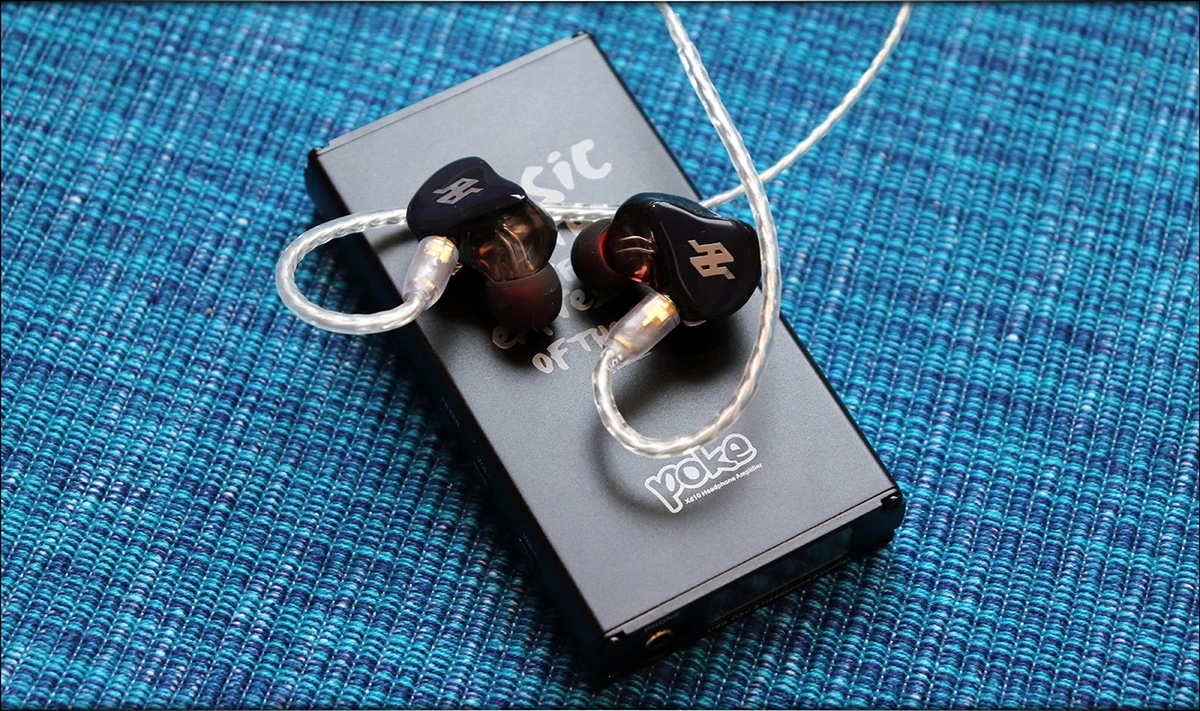
This also means that you cannot take them too loud, or they start distorting, and I noticed this on multiple occasions, this being true for most all-BA setups, minus some high-end ones, like Da Vinci X from Clear Tune Monitors, which sound amazingly good even at really loud volumes, despite being an all-BA setup as well.
Tin T3 (70 USD)
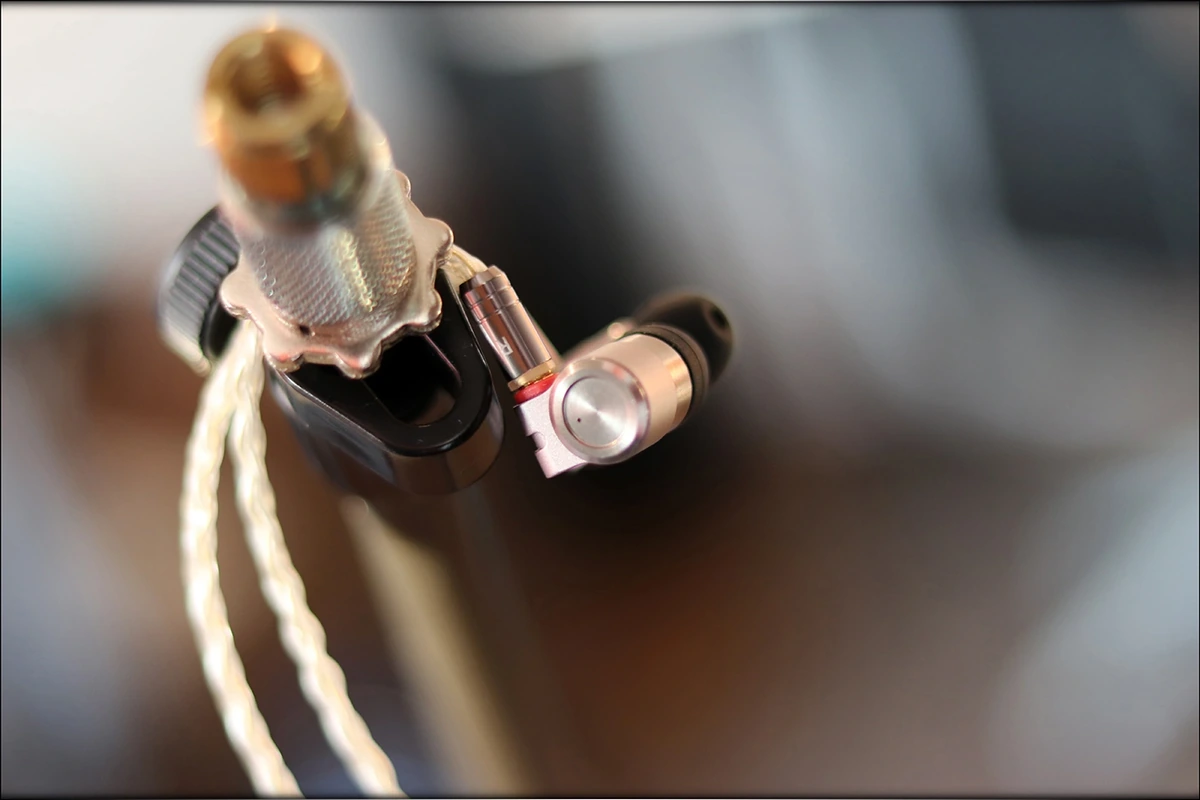
Purchase Link (Amazon): https://www.amazon.com/Linsoul-Earphones-CNC-machined-Detachable-Gold-Plated/dp/B07NQ8H77N/
Tin T3 has been really raved about, and even I made a Youtube Video Review, where I praised them a lot, and told you to get a pair, because they are awesome.
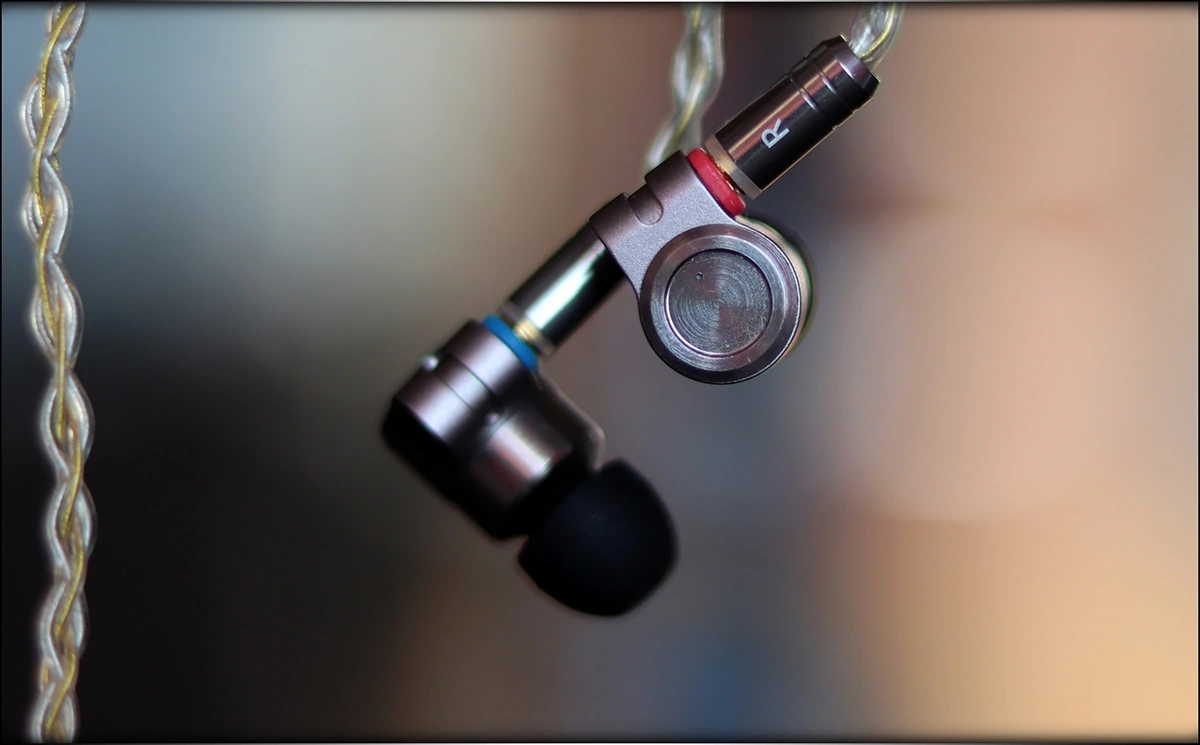
And indeed they are, the first fully metallic IEM from this review compilation, and man, I love that. The MMCX connectors, cable, and even quality of the sound are what the recent Chi-Fi has been. Indeed, Chi-Fi became something else entirely recently, with much better build quality, sonic quality, and sometimes even beats major brands, but which have been trying to save some on build quality and on sound, Chifi companies showing off, and even competing who can do the best sounding, best build thing, for the lowest price.
Youtube video: https://www.youtube.com/watch?v=gXJ2mcZXlWg
The package of Tin T3 is pretty interesting. You do not get a carrying case with this one, sadly, but you do get a really rich selection of tips. So many tips, that you will find one that is comfortable, and one that will fit your ears. Well, to be more explicit, there are two sets of silicone tips, and one pair of foam tips, but still, for the 70 USD price point, that is amazing.
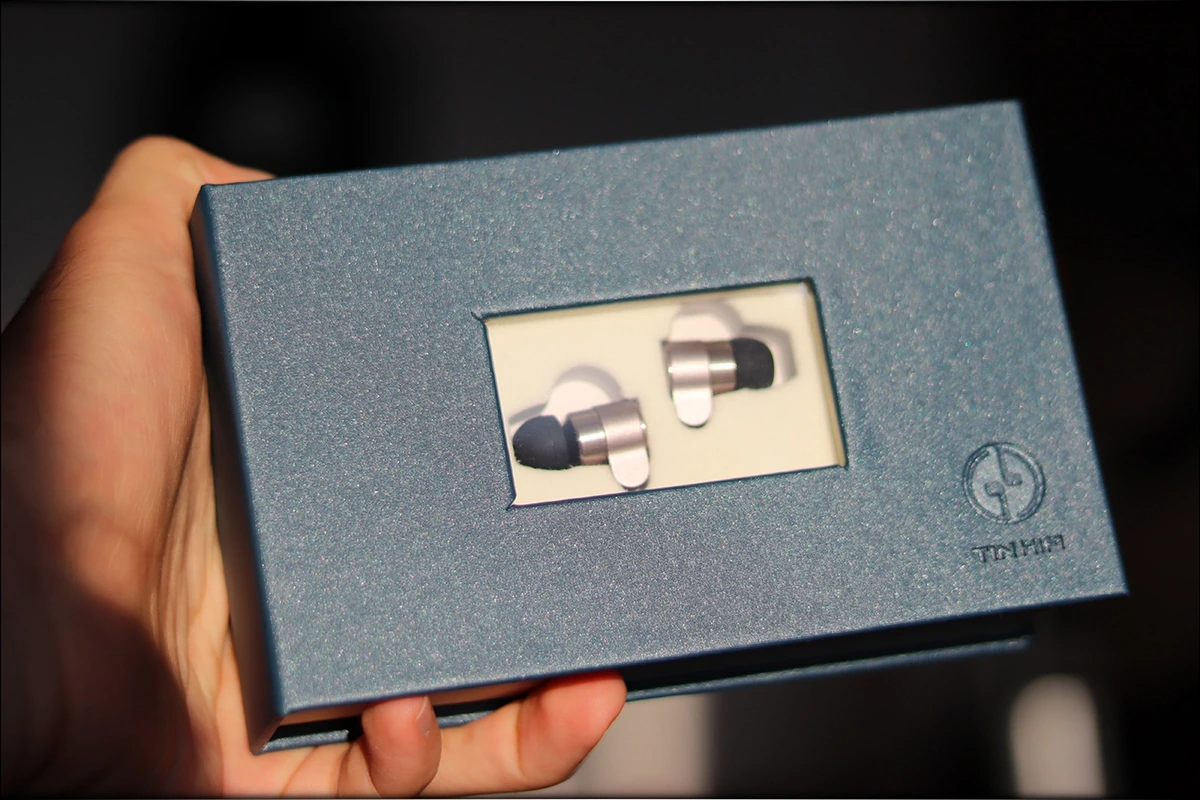
The cable of the T3 also feels amazing, and although it is a bit tangle-prone, it is the highest quality cable in this entire review. Best overall build and sonic quality, despite the T3 not being the most pricy IEM from this entire list.
There is no microphonic noise with this cable, and with T3 this is actually an important thing, because while most of the other IEMs in this review are made to be worn only over-the-ear, T3 is made to be worn both straight-down and over-the-ear. With high-quality MMCX connectors as well, you have what I could call a really well built IEM. The build and comfort is very similar to Tin T2 PRO, and overall, both are nicely-fitting IEMS.
The driving factor is fair, T3 can take some EQ if you want to, and you should be aware that they are not very good at isolating you from the outside noise, and are rather mediocre, with about 15 dB of passive noise isolation. With a little vent at the back, to take care of driver flex, you will get no driver flex, and no void either, but you will not have the best isolation either.
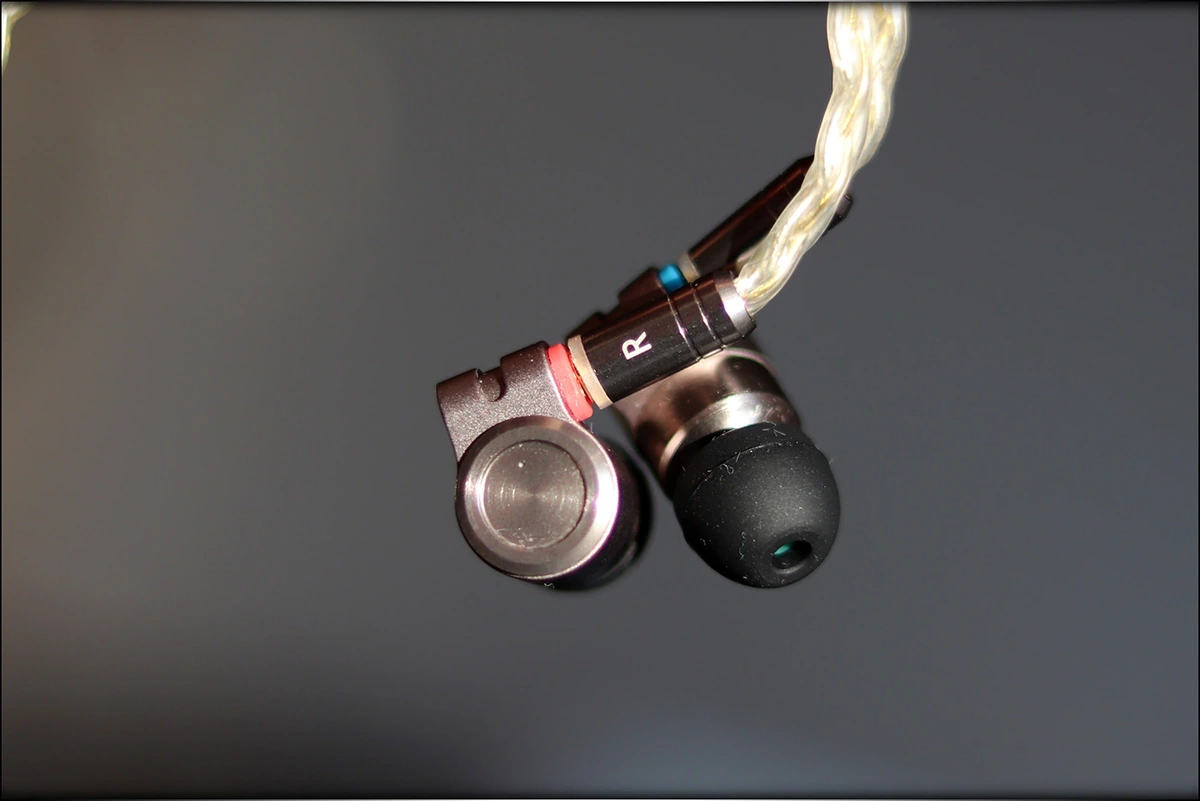
To describe T3, I would use the words Balanced, V/U-Shaped, Clear, Dynamic and Punchy. This is the interesting part about them, because for 70 USD, they are proper value, they have not only the nice build, but also a pretty darn good sound, with clarity that could easily compete if they were 200 USD. Of course, that is not the point of ChiFi, and I’m always happy when the market takes a turn to make better quality available for cheaper, as in the end it helps the users the most if the companies keep doing this.
The bass tends to be a bit shy, especially if you’re coming from bass-heavy IEMs, as most entires in the entry-level price range are. The bass can satisfy an audiophile and a music lover easily, but may not be enough to satisfy a basshead, who may want to take a look at something like BGVP DMG more. But for a quick and healthy bass presentation, T3 is really great.
When it comes to the midrange, you start to understand why so many reviewers have been giving Tin HIFI a thumbs-up. They have such a clear, sparkly dynamic and punchy presentation, that when hearing them, you would think you’re listening to a far more expensive IEM. This being said, the midrange, at least to my ears, has been very balanced and natural, maybe a bit bright, and prone to sibilance, and to harshness, but it was never too forward. In fact the treble is even more forward, and this makes the whole sound sparkly, clean and fun.
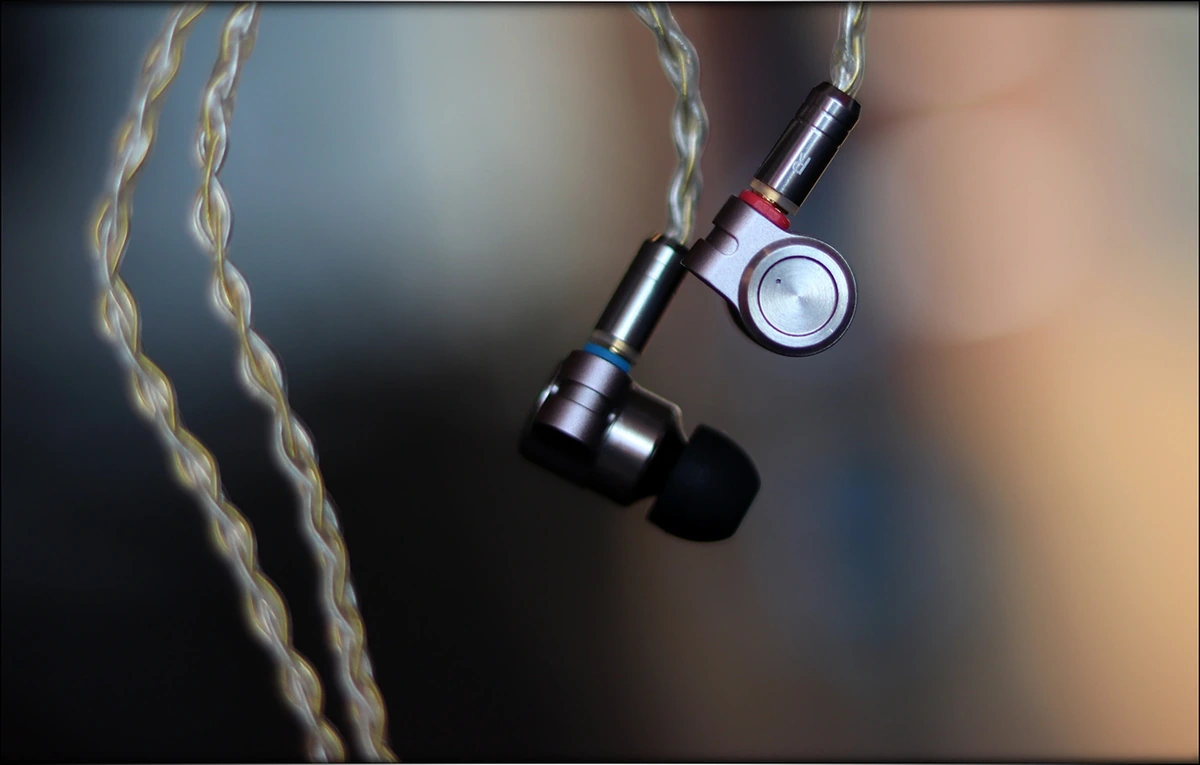
The treble of T3 is sparkly, clean, crisp and detailed. This is interesting, because as you’ve probably noticed from this longer review, I have been calling out a few IEMS for not having a great amount of clarity and detail, but Tin T3, this one is to be called out for being awesome, not for having too little detail and clarity. Still recommended and still awesome.
TRN V30 (25 USD)
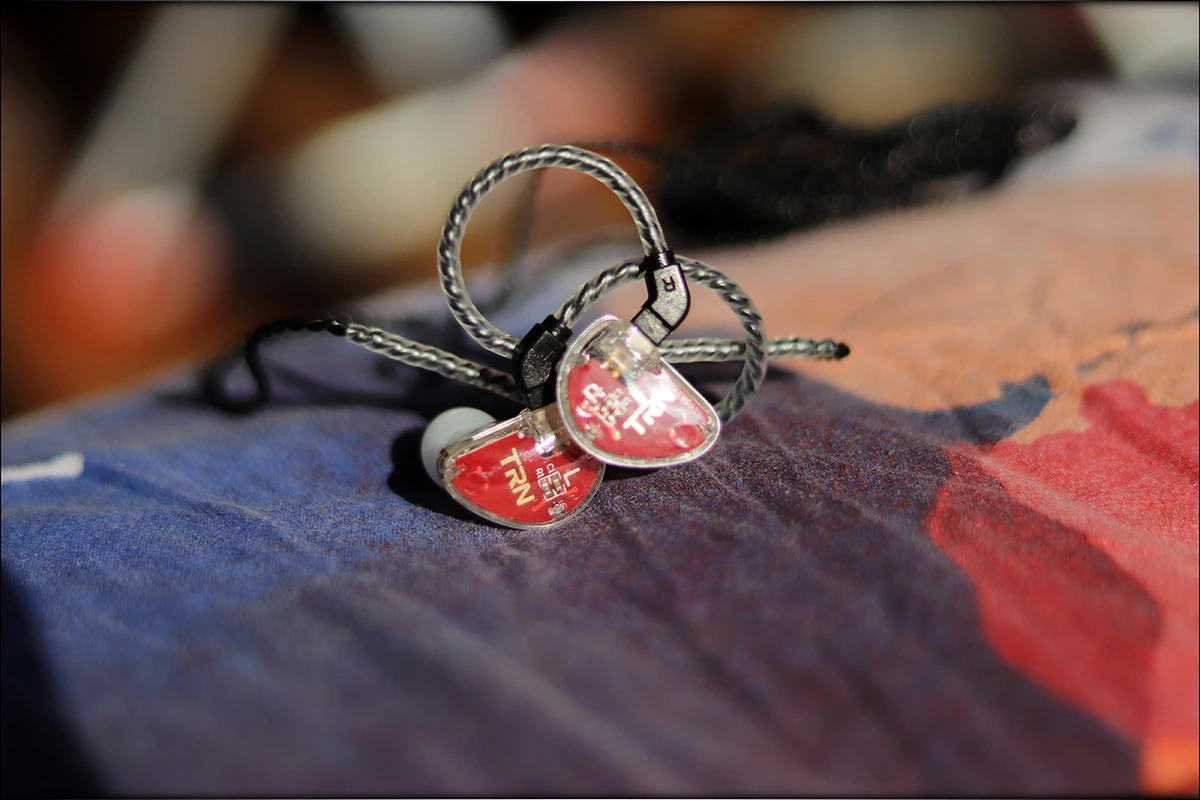
Purchase Link (Amazon): https://www.amazon.com/V30-Isolating-Earphones-Headphones-Detachable/dp/B07PNPG72L/
I am getting such a strong vibe that the point of V30 was for it to cost about 30 USD, but right now the only price I can find is 25 USD, which makes its existence a funny irony for me. Now, when it comes to the product itself, I have mixed feelings about it. On one hand, it shows very well why I generally don’t like IEMs below the 50 USD price point, it has a plasticky build quality, it is not very well built either, and it has a very polite, but lacking in details sonic quality.
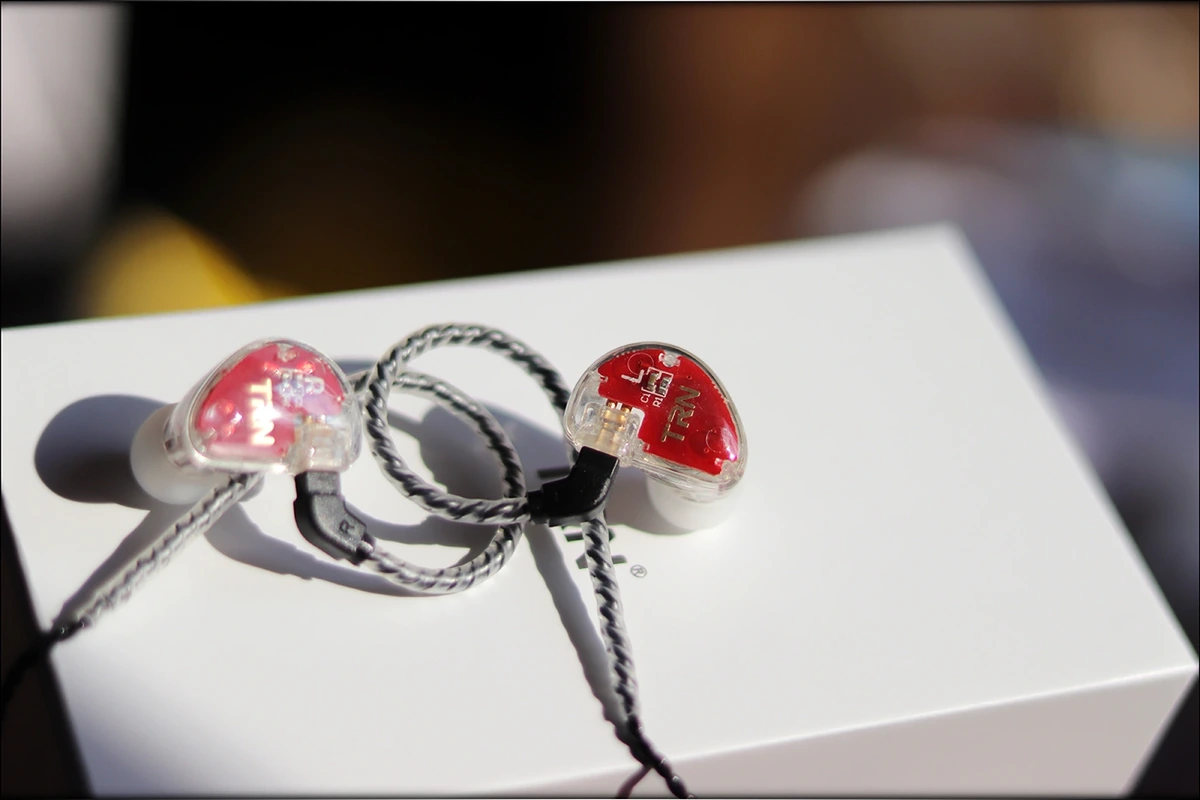
On the other hand, it costs just 25 USD, and if you don’t have more, and if you want a polite tuning, V30 is simply great, because TRN made sure there was something to fill in that gap.
I made a Youtube Video about it as well, which you can find here: https://www.youtube.com/watch?v=YE9Xhj6QthI
The package for V30 is pretty much what you would expect from a 25 USD IEM, the IEM, a cable, and three sets of Silicone tips. I mean, this is really okay, and I don’t mind the contents of the package being a bit lacking. V30 makes it up by its really low price.
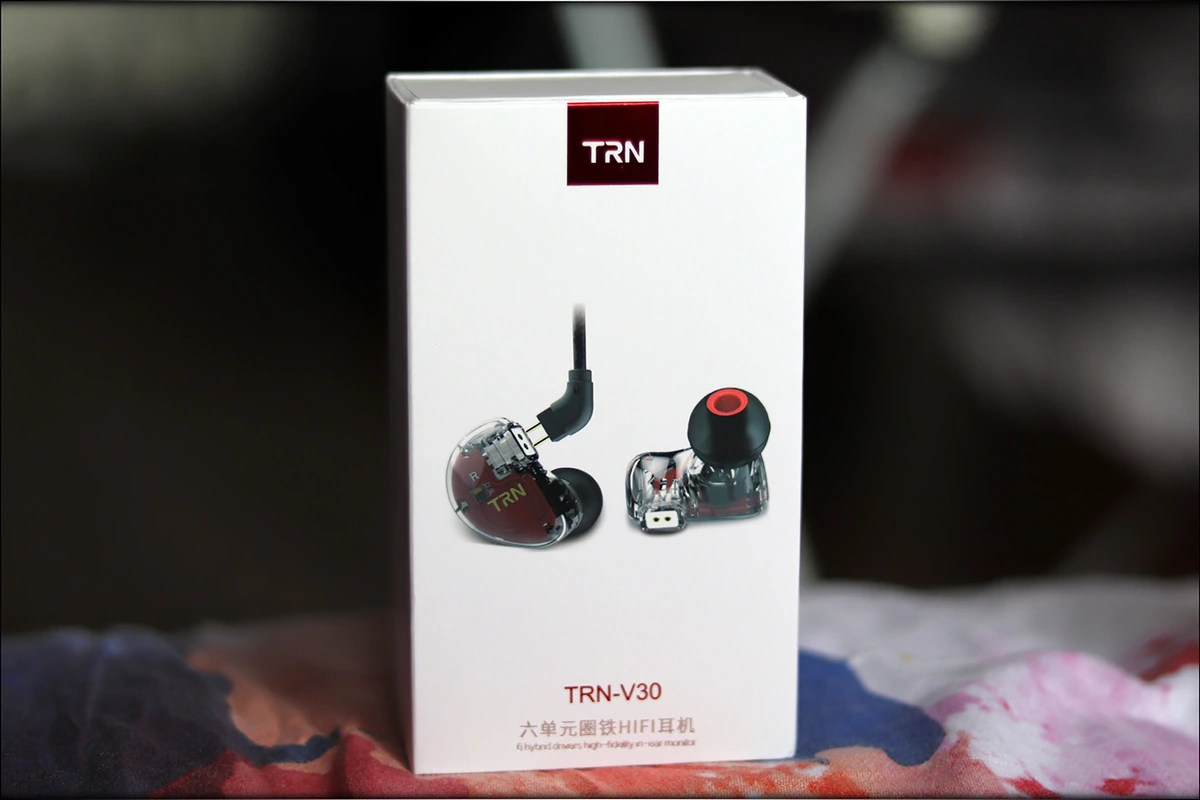
In terms of build quality, this is as much of a plasticky IEM, as you could get. It looks a bit more like a toy, with the electronics on the visible side, than an IEM.
TRN probably went ahead and copied the concept from KZ and their AS and ZS series, where the driver crossover was visible, but in the process, TRN forgot to check whether the design made as much sense for an IEM that had such a simplistic crossover, and one where the configuration is a triple driver, a trio of a dynamic driver, and two Balanced Armatures. At any rate, V30 looks a bit like a toy, but does it sound like one, or does it actually sound respectable for the price point?
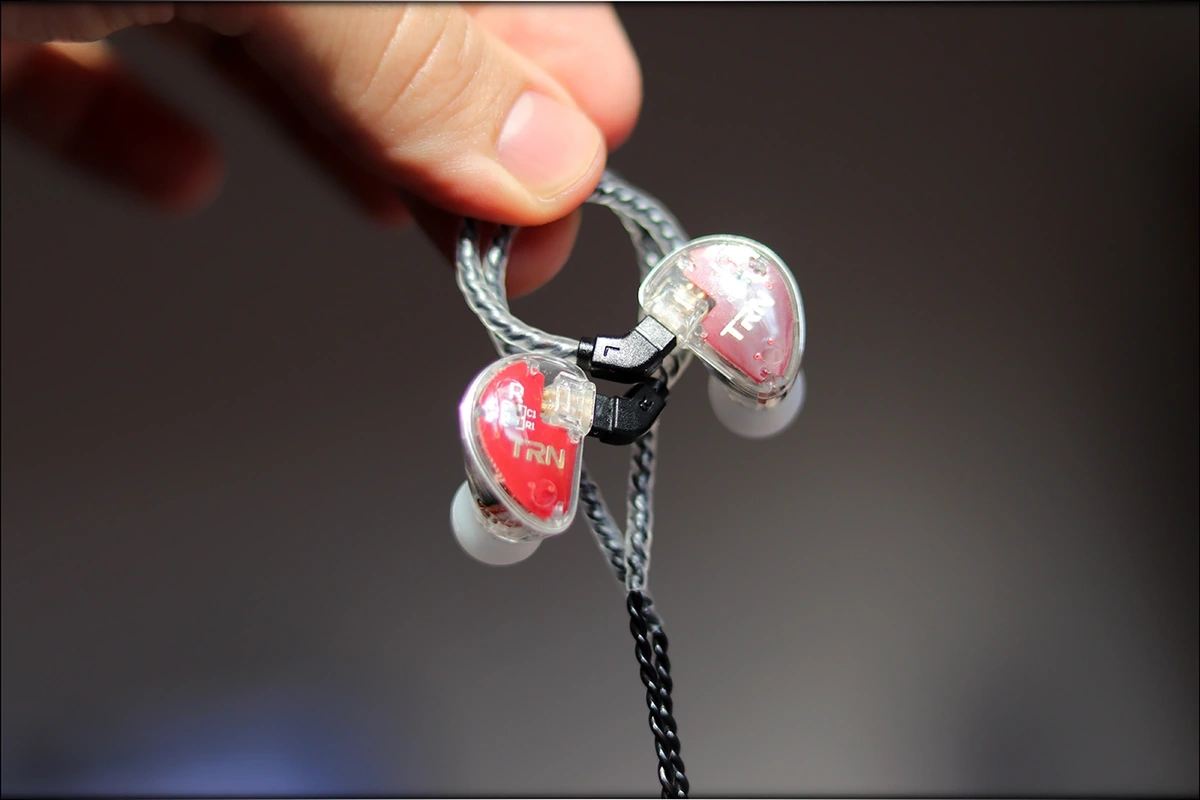
Well, before that, we should talk about comfort, which is fair. The shell is not too large, and I felt it was a bit smaller than the shell of the KZ AS10 series, at least placing them side by side. This being said, V30 also isolates fairly well from the outside, with about 20 dB of passive noise isolation. The cable, though, is just terrible. Feels like one of the cheapest, least trusty cable I’ve seen, and I can see why they are priced at just 25 USD and not more, and it is easy to see where TRN cut corners with V30.
I’m enthusiastic to see detachable cables at 25 USD, and not just detachable cables, but 2-Pin ones, but it is much cheaper to replace the entire IEM than to replace the cable if it broke, and well, if the cable of V30 broke, I would probably try a different IEM at this price point, to learn and to experiment. Still, if the cable broke within warranty, Linsoul would help you get a replacement, and makes the whole IEM easier to service, so it is a nice addition.
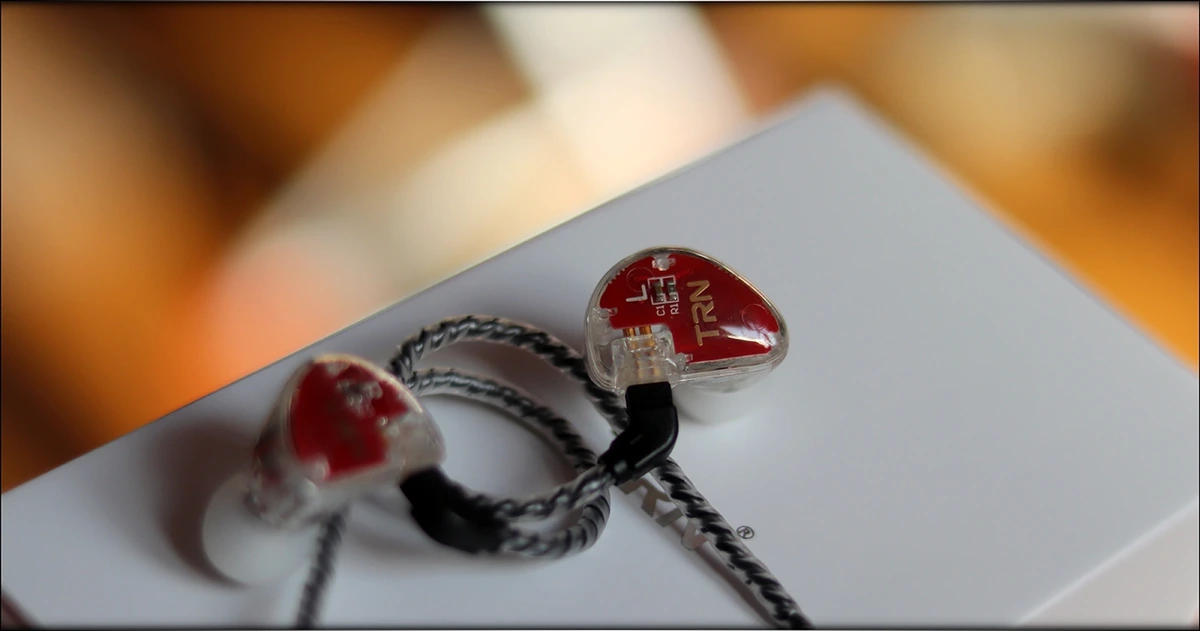
The sonic signature is a basic V-shaped signature, but with a very polite overall tuning, with very little bass detail, but not very little bass amount necessarily. The midbass is very recessed, and makes it feel as if male voices are super recessed. The upper midrange then is not quite as recessed, so most music ends up sounding a bit shouty. This being said, a very polite and rolled off treble makes it up for an… interesting experience. I feel that most of the signature is self explanatory, minus the treble, which I feel the need to explain a bit.
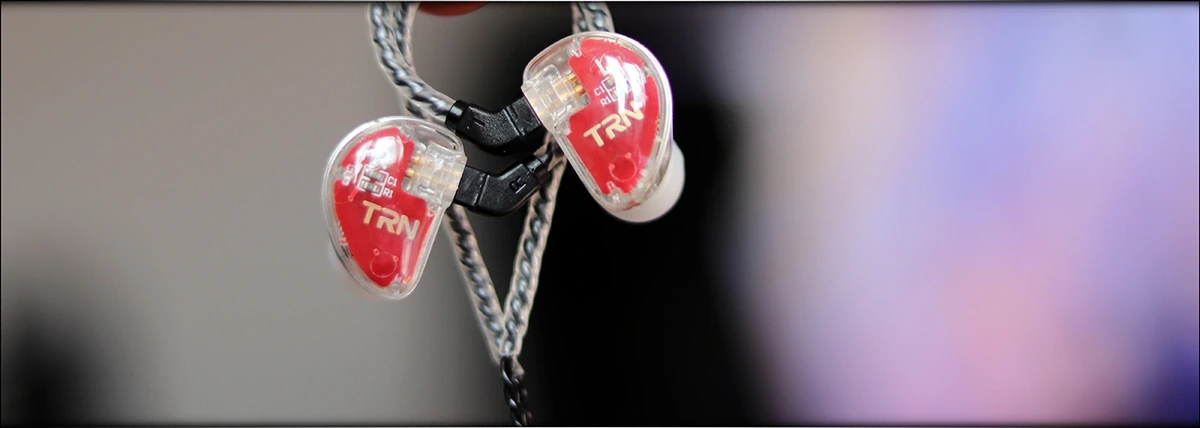
The treble sounds like it is lifted above the midrange at first, but that is actually the upper midrange and very early lower treble, because after it, there is a very steep roll-off, after which there is nothing. If you ever imagined a sound with almost no detail, no clarity, no air, and with a confined soundstage, this is pretty much it. It is not that I mind it quite that much, but for rock, metal, pop, it does not work so well. I can see the signature working well for Jazz and downtempo, maybe some Electronic, some Trap and some lower energy music, but for energetic music, it is just a bit boring.
TRN V80 (45 USD)
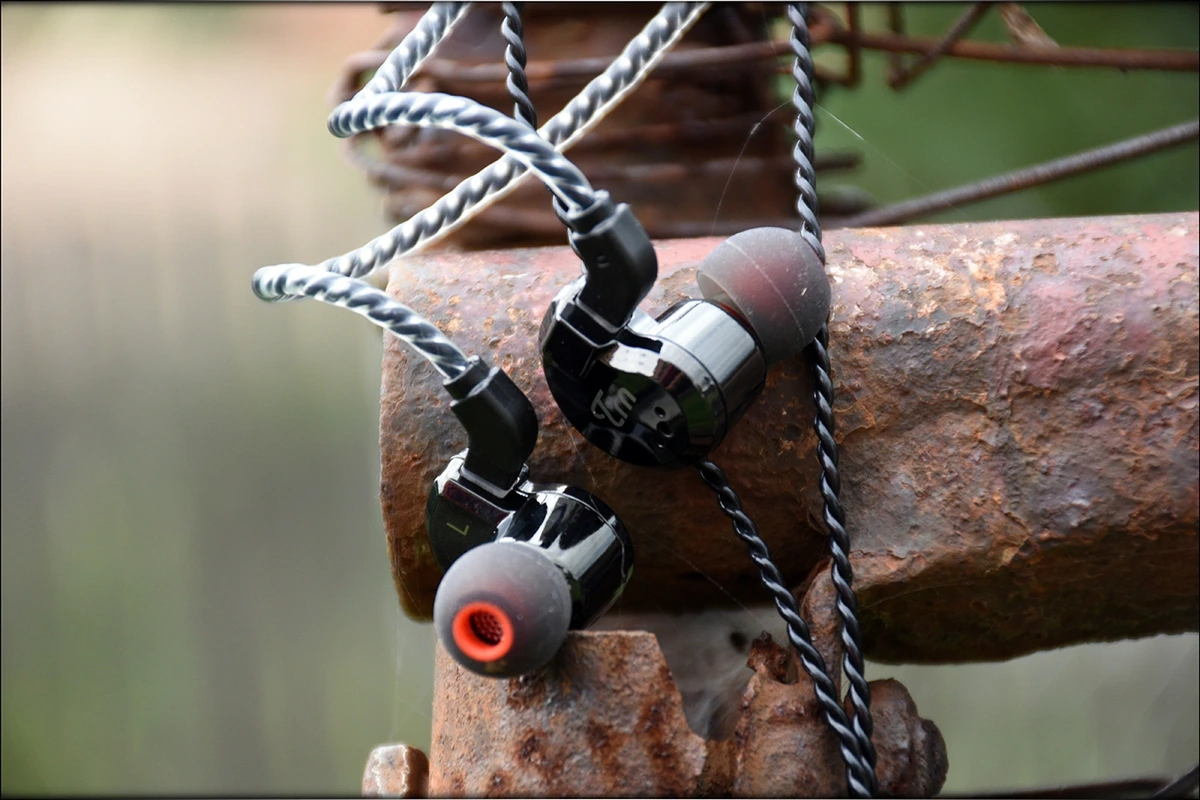
Purchase Link (Amazon): https://www.amazon.com/TRN-V80-Driver-Earphone-Detachable/dp/B07FJP42PM/
We reach the almost final review of this compilation, and V80 is a perfect piece to have at almost the end of a review. Compared to the little brother, V80 is a much better piece, with better comfort, better build quality, but with not that much of a higher price. I mean, theoretically, the price is much higher, it is double, but practically, it is just 20 USD more, and for a better sonic experience, I am really ready to sacrifice a few USD, especially considering how much better things are in general with V80.
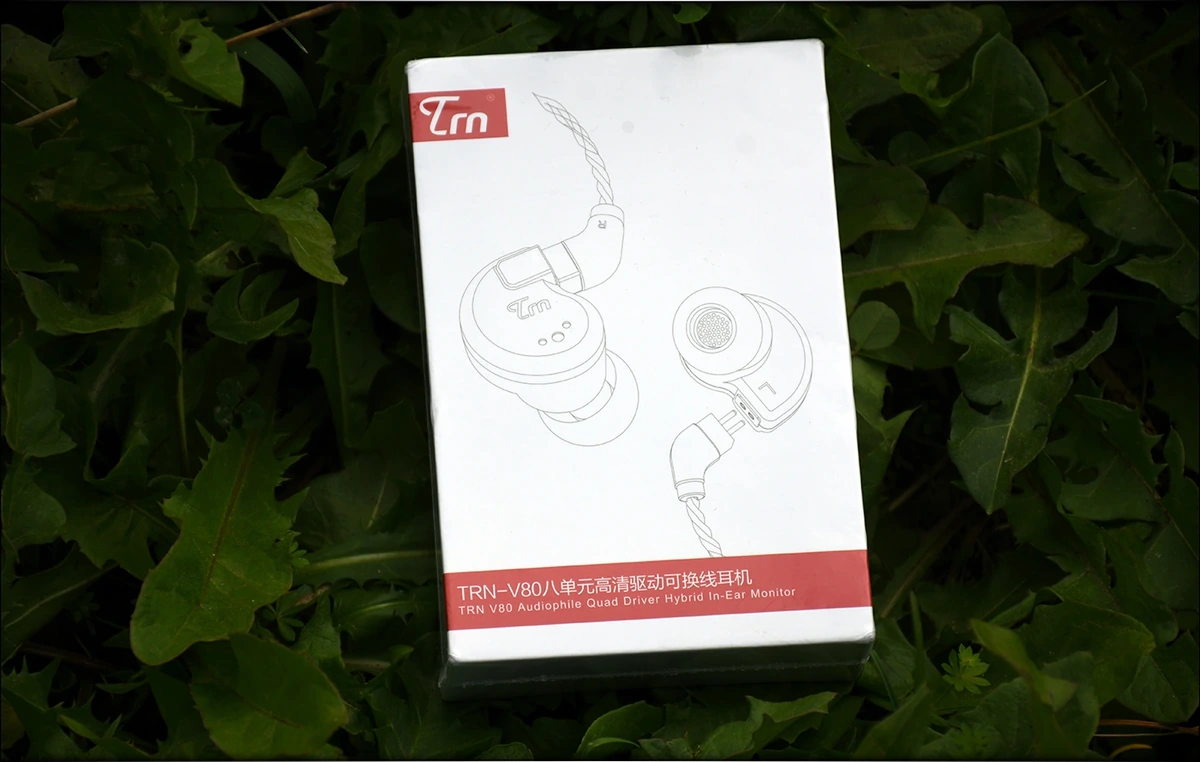
Starting with the package, you don’t get much more fluff with V80, you even get the same cable, and the same tips as V30. This is really poor actually, considering it is double the price. Well, not really, it is a really fair package for its 45 USD price point. A carrying case would have always been nice, but let’s look forward to the future, I’m sure TRN will start including those.
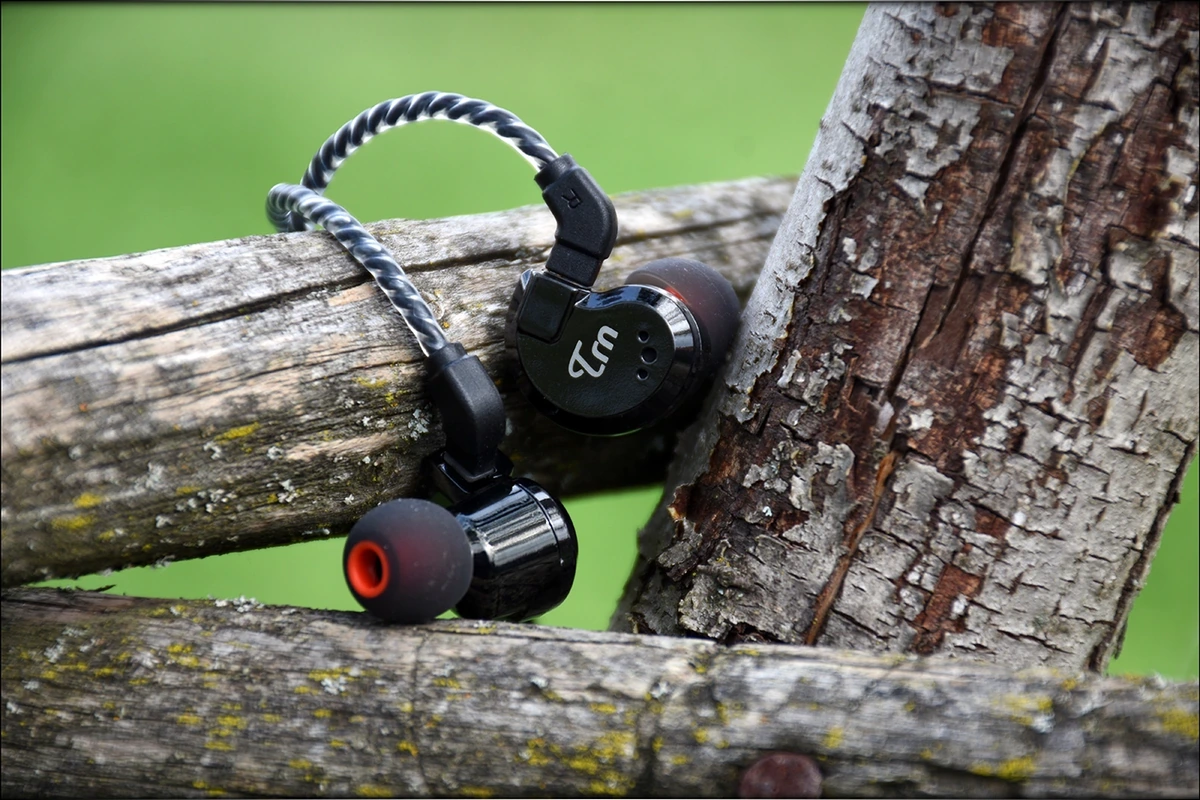
The build quality is fairly better than V30, with a metallic shell, with removable, 2-Pin cables. It is heavier than V30, and heavy for a little IEM, but not too heavy to be worn. The wearing style is over-the-ear only, but the cable has soft guides. The nozzle isn’t straight, and has a bit of an angling to help with the fit and the comfort. They do not isolate quite that well from the outside noise, and where V30 isolates quite well, V80 is more permeable with noise, especially because they have large vents so that you don’t get any driver flex. To their defense, there is no void, no driver flex, and no microphonic noise from the cable. On a side note, a number of users have complained about TRN V80 giving them electric shocks, or a pinch feeling in their ear. This could be possible if the metallic shell was not isolated well from the drivers.
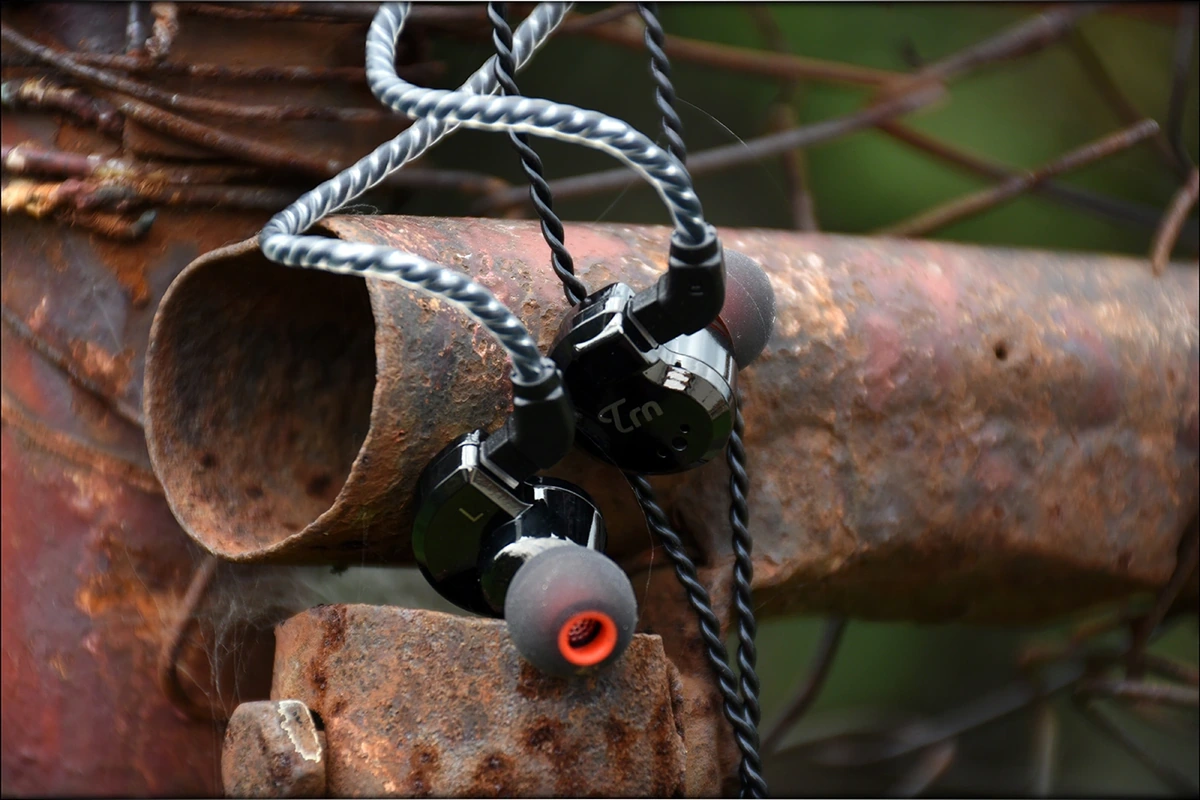
Tip rolling would help with sound, but as I’ve been saying, those are 45 USD IEMs, and most people getting them probably won’t be getting tips after purchase as well, especially since subsequent eartips cost about 5 to ten USD a pair.
The signature could be described as being vivid, engaging, dynamic, punchy, V-Shaped, with much better treble extension than V30, with better sub-bass reach, and with a more revealing overall presentation.

Indeed, if you’ve read my review on V30, you know that I had a bone to pick with how the bass lacked detail, and with how the treble just rolled off, with no air, no sparkle, nothing. Well, V80 has a better treble, and I favorit it greatly, it works much better with metal, rock, and progressive music, even with pop, and EDM.
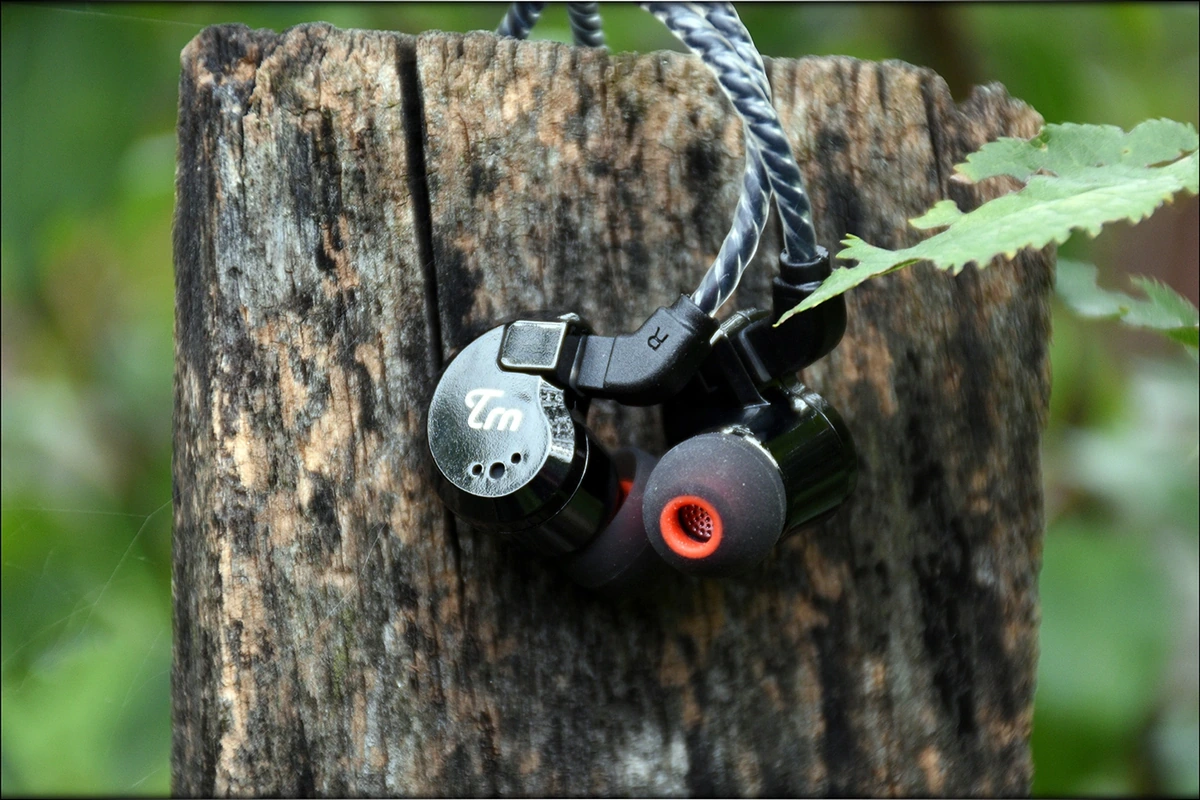
All in all, I think that V80 is a really good IEM if you want a V-shaped sound for 45 USD, the detail is just fair, and if you haven’t been a fan of Kinera H3, or of Shozy Hibiki MK II, you will like TRN V80 quite a bit.
Tripowin TP10 (70 USD)
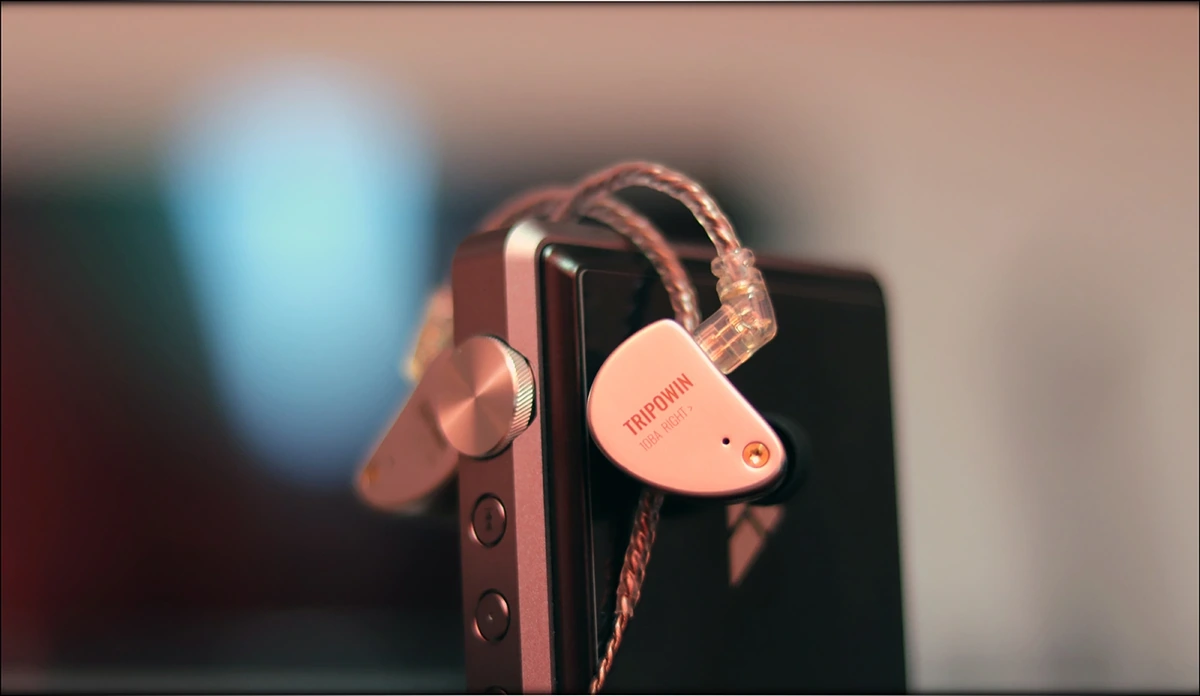
Purchase Link (Amazon): https://www.amazon.com/Linsoul-Tripowin-Armatures-Earphones-Faceplate/dp/B07S3644M3/
How about a Knowledge Zenith Clone that brings almost nothing new to the table, but is 70 USD in price. Really, that is the only thing that separates it from KZ, the price being just slightly different, otherwise, it is a very very precise clone of KZ in general. Okay, the design is smoother and looks cooler, but still, KZ clone.
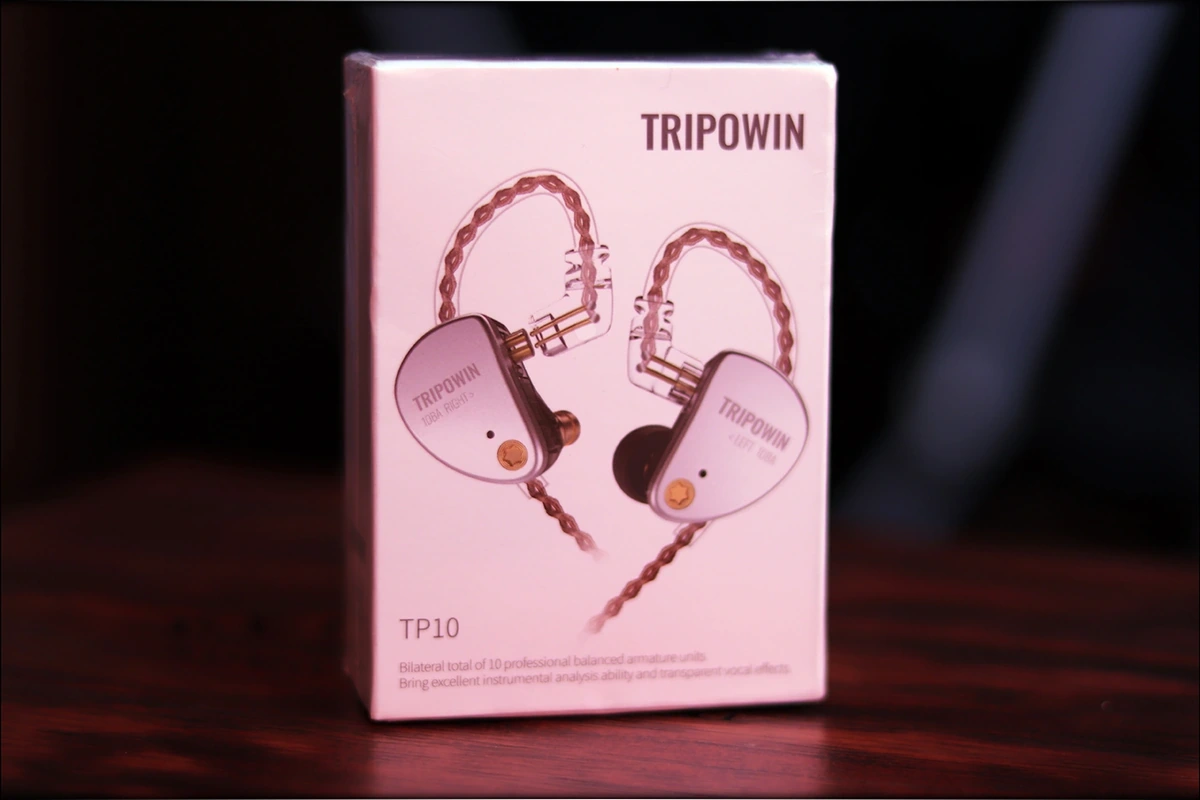
Starting with the package, TP 10 has pretty much the same package, and I mean even the outer package, as the KZ ZS10 for example. It also sports ten drivers as its main feature, and well, they did implement five drivers for each ear. Of course, this is nothing like a proper flagship, like Da Vinci X, which actually has ten BA drivers per each ear.
I also made a Youtube Video about TP10, which you can find here: https://www.youtube.com/watch?v=jqe5-U8gQKs
That being said, the build quality of TP 10 is not that bad, with an enormous metallic plate, a large plastic shell, a metallic bore tube, with a lip, and with a 2-Pin connector for the cable. The cable is detachable, and this is actually quite great, but as I mention in my reviews of other chifi IEMs that are really entry in terms of price, it isn’t all that useful.
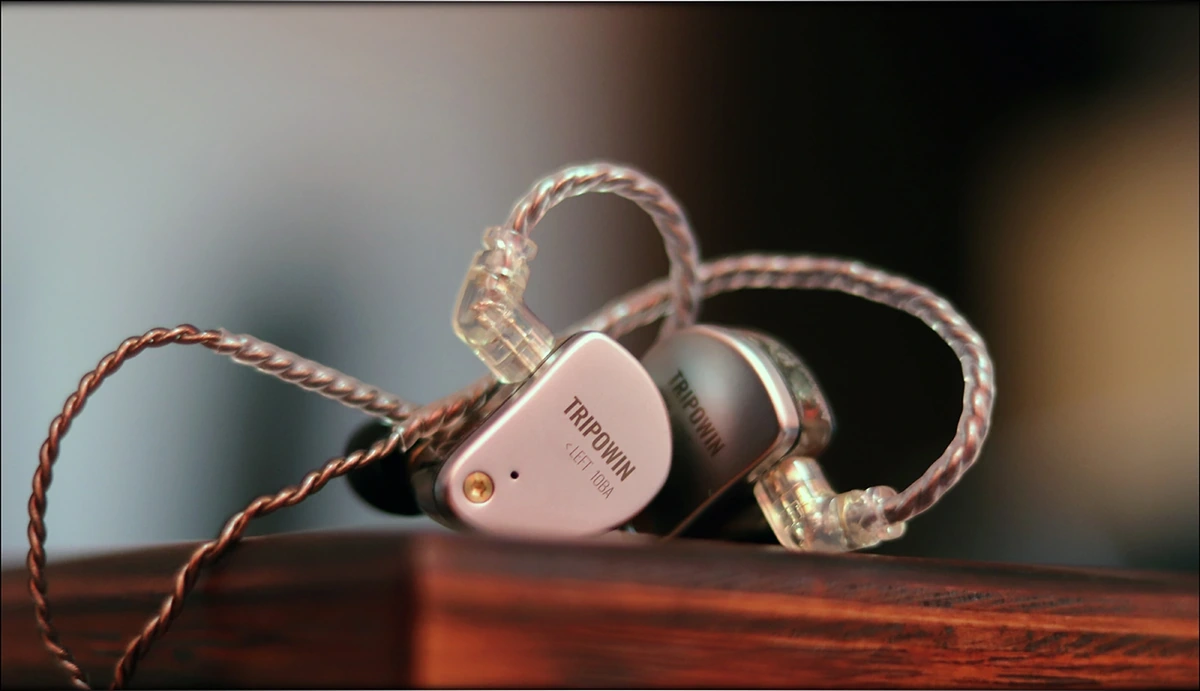
It isolates well from the outside noise, but leaks a lot more than you’d expect. Furthermore, the comfort is terrible, they are way too large to make sense for the number and for the drivers inside. The trick here is that the 5 BA drivers did not need that space, they do not have a proper acoustic chamber, and TP relies on configuring the driver directly, not on creating an acoustic chamber, so the IEM is large just for the sake of being a clone of KZ. On their bright side, though, the midrange drivers are different from KZ, so you can expect better overall clarity.
The actual sonic performance is poor, they have a shouty midrange, with good clarity, but poor overall balance. In fact, this is one of the worst sounding IEM I’ve heard, now that I had some time to let it sink in, the bass is thin, and rolls off in the lower regions, the midrange is detailed, but shouty and too forward, spikey and quite uneven, and the treble congested, rolled off, lacking definition and details.
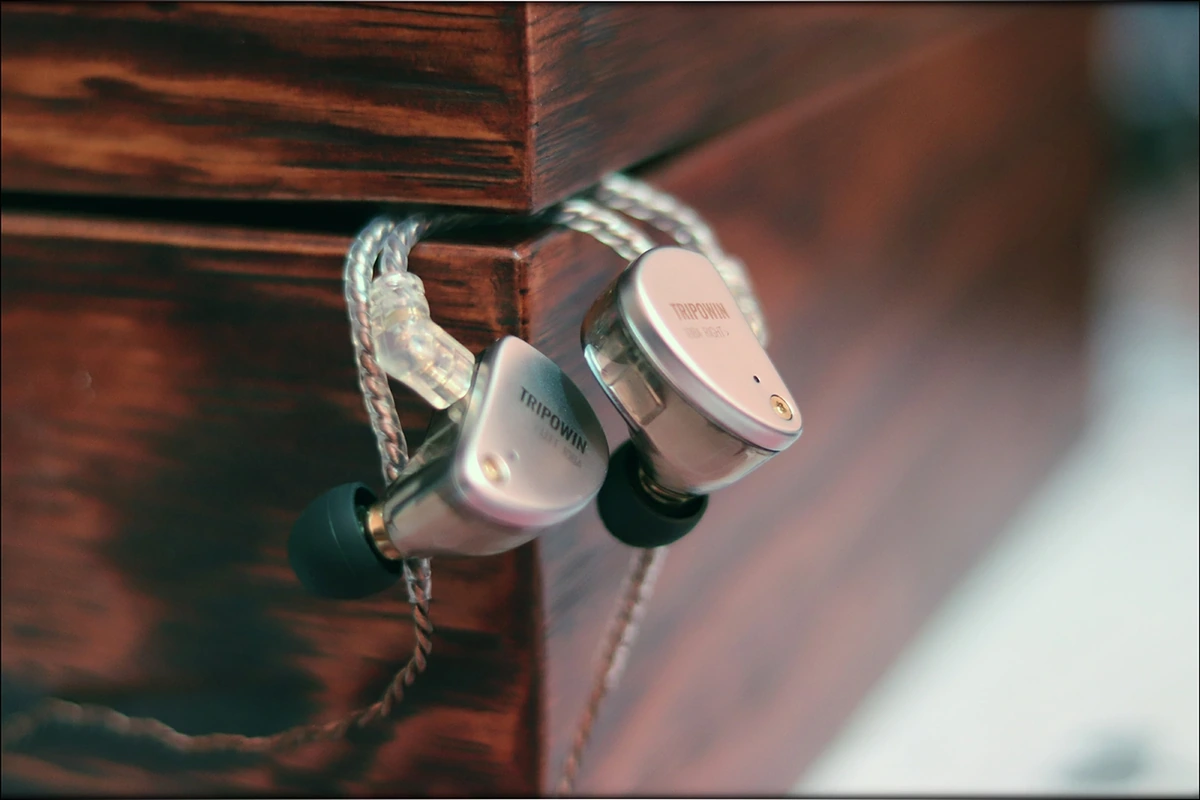
You could call it revealing and textured, because it is very quick and dry, and it has that Balanced Armature sound that people were either fans of, or feared, but this is not necessarily a compliment, when the IEM relies on this sound to create the sensation of detail.
With what they had, they could have made a great IEM, but the entire sound rolls off at both ends way early, and is aggressive, in a way that makes it really hard to enjoy, unless you like grindcore, or really aggressive music which you may enjoy like this. And this is the point of TP-10, if it matches your music preferences, it is great, if you wanted a pretty detailed, aggressive IEM with a pretty colored signature, it is great.
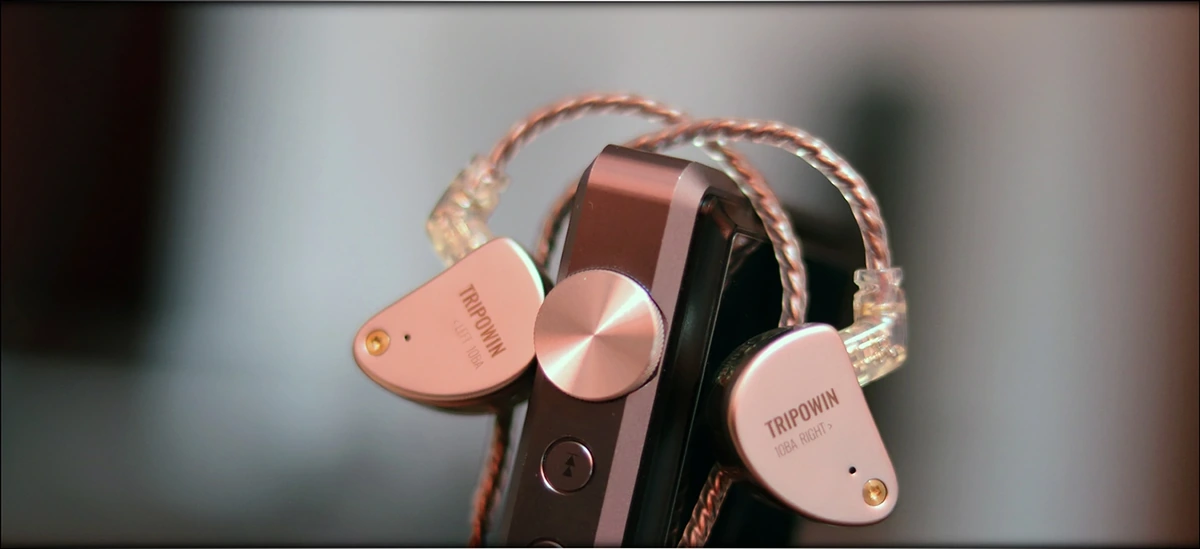
I know I cannot recommend it as easily as a more natural sounding IEM though, and please take into account that there are other offerings, from Linsoul, the same shop, within this same list, if you’re looking for a different signature.
--- Please remember to stay safe, and always have fun while listening to music!---
- If you have a dime to spare, please donate, and help us! It would make the day brighter for me and my wife-
Full Playlist used for this review
We listened to more songs than those named in this playlist, but those are excellent for identifying a sonic signature. I recommend trying most of the songs from this playlist, especially if you’re searching for new music! The playlists are different for Spotify, Tidal and Youtube, and based on the songs I enjoy and are available on each!
https://www.youtube.com/playlist?list=PL_cjBXGmwSHSdGcwuc_bKbBDGHL4QvYBu
https://open.spotify.com/playlist/5J3oloz8Riy9LxEGenOjQ0?si=979ba4f082414be7
https://tidal.com/browse/playlist/330fd544-8e5b-4839-bd35-676b2edbb3d5
--- Contact Us ---






Hello the best iem For metal and rock price range below $ 100?
Hii there! I also enjoy rock and metal a lot. It used to be FiiO F9 PRO. Recently, I would go for iBasso It01X if you like lots of bass, or TRI Starsea. They are slightly above, but should go on sale every now and then so they should be within your budget if you’re patient enough 🙂
10/10
Oooo, nice roundup of cheapfies! Loving my KZ ZSX for sure, looking for more